This page goes into details about the different standard stencils used by the Luftwaffe during WWII. In theory these markings were highly standardized. In practice, markings would not always appear. Maybe they would be painted over in the field, maybe they never appeared on the planes at all.
Aviation Fuel
 |  | 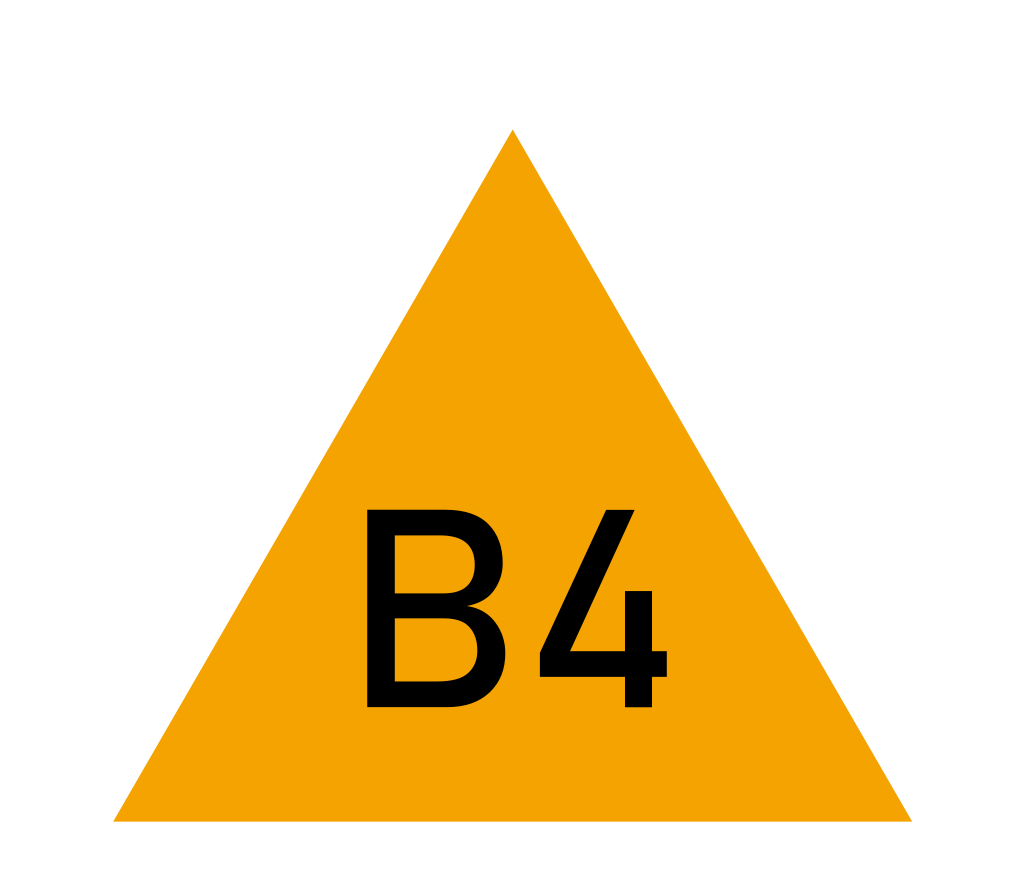 | 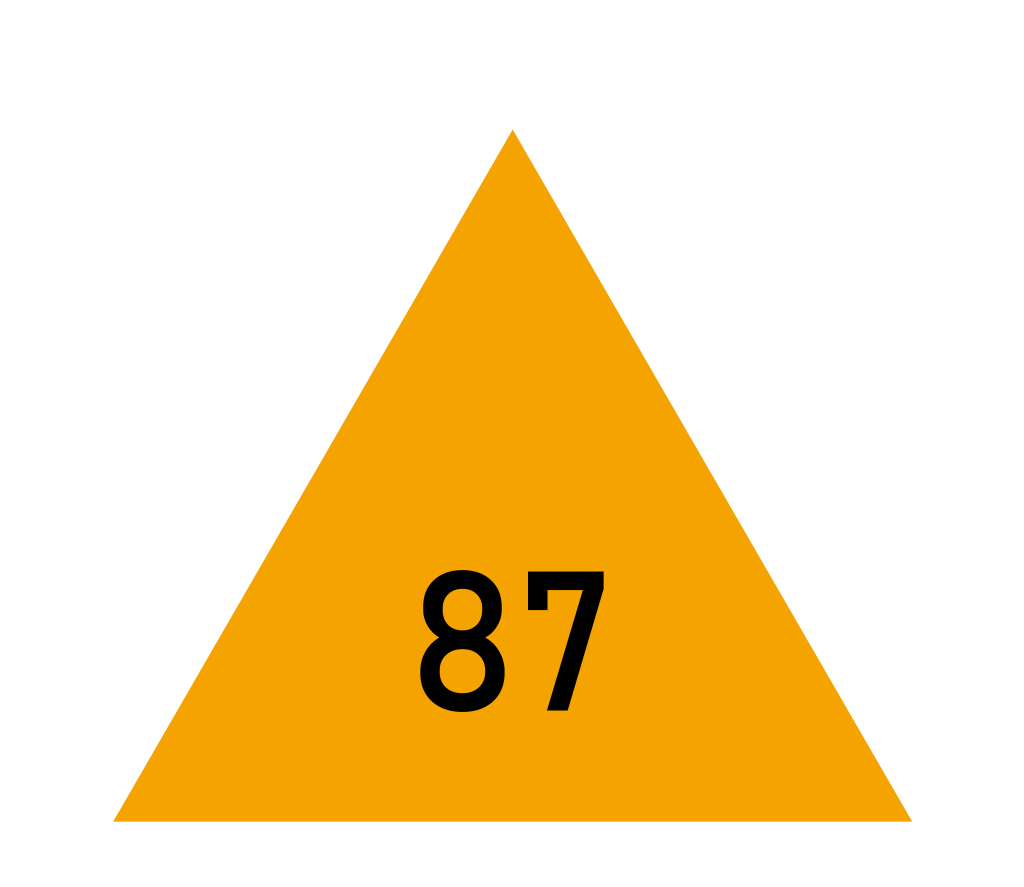 | 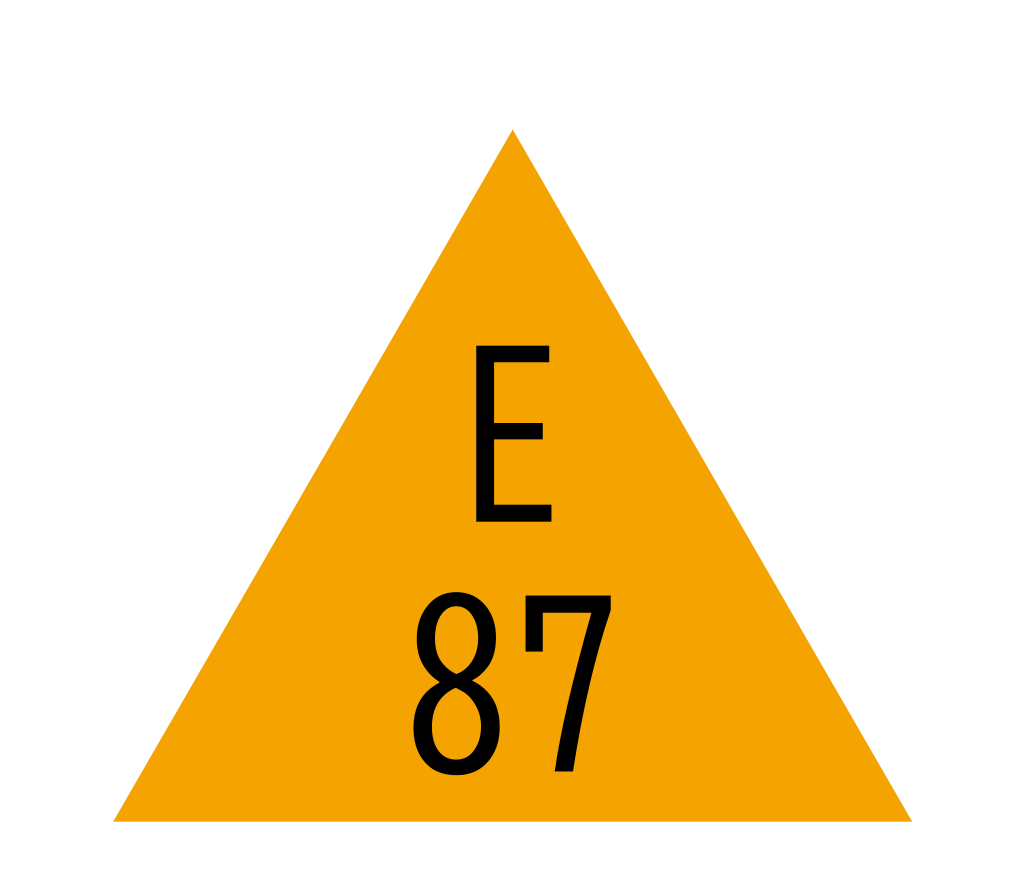 |  |
| German | Commonwealth English | American English |
|---|---|---|
| Benzin | Petrol | Gasoline |
| Diesel / Dieselöl | Diesel | Diesel |
| Petroleum | Kerosine | Kerosine |
| Kerosin | Jet fuel | Jet fuel |
| Rohöl | Crude oil | Crude oil |
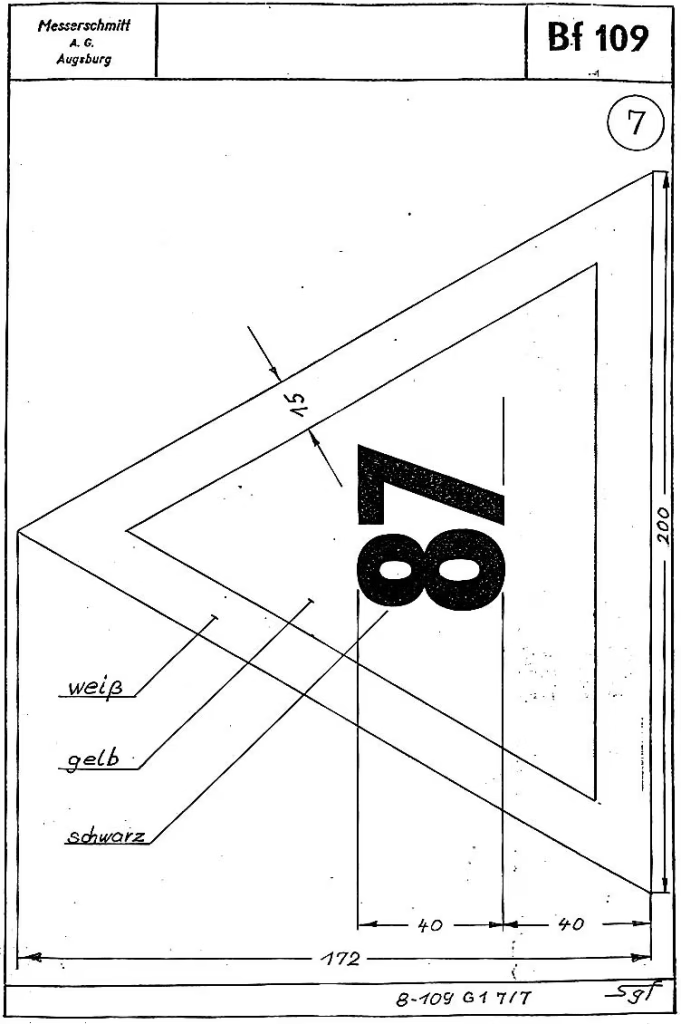
Near the fuel port, an RLM 04 yellow triangle with an RLM 21 white outline would be located. Inside, a RLM 22 black text would denote a code indicating the type of fuel which was required by that aircraft in that tank. The most common ones would be A3, C3 and B4. B4 was commonly indicated by it’s octane number 87 as well. Other ocane numbers also appear at times, but much more rarely.
The stencil however could contain detailed instructions if needed, such as “B4 mit 3% Schmierstoff” (B4 with 3% lubricant), or “20 TL Benzin 1 TL Oel” (20 parts petrol, 1 part oil). The tank capacity would occasionally be printed below the stencil as well. There was great variation in the size of the text, as well as the font
There were 5 classes of aviation fuel:
- A: Normal aviation fuels, usually derived from crude oil. Mixed with ethyl alcohol to raise octane level. Light blue coloured
- B: Normal aviation fuels, but mainly from synthetic production (coal liquefaction, etc.). During the war, this became the standard fuel (for Otto-type aircraft engines). Dark blue coloured.
- C: High-performance / high-octane fuels. Green coloured.
- E: Aviation Diesel. Clear.
- J: Jet fuels. Likely not coloured.
| A2 | ||
| A3 | 80 octane (76 octane after August ”44) | Lower performance, non supercharged engines, like trainers. |
| B4, 87 or E87 | 87 octane fuel. Tetraethyl-lead added. | |
| C3 or 100 | 100 octane, rising to 150 near the end of the war. | Fighter aircraft |
| E1 | 37-70, depending on supplier | |
| J2 | Varies greatly per source | Jet engines; BMW 003 and Jumo 004 |
Rocket fuel
During the war, Germany used code names for various chemicals used as rocket fuels.
| stencil | code name | german name | english name | used on | |
|---|---|---|---|---|---|
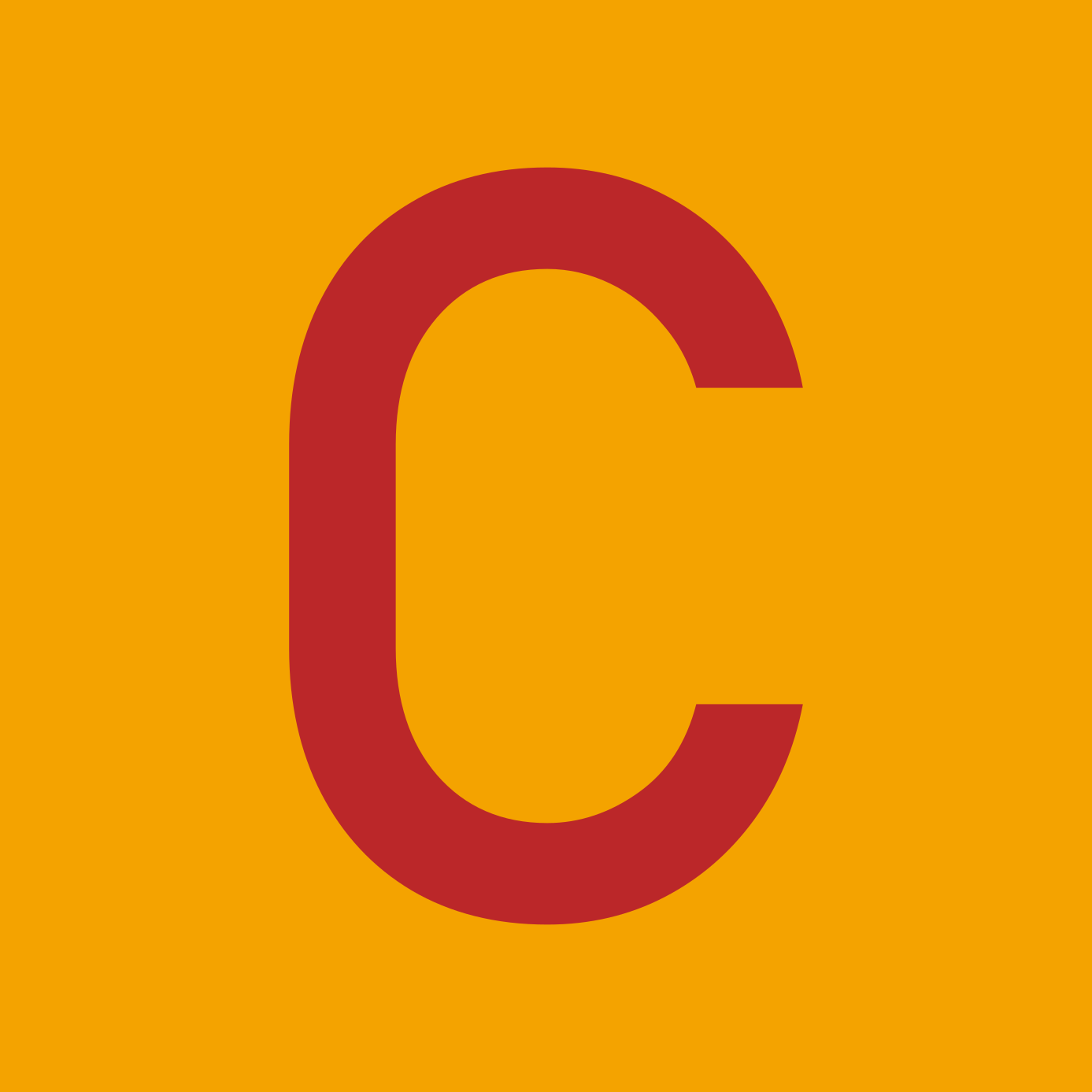 |  | C-Stoff | 57 % Methanol (M-stoff) 30% Hydrazinhydrat (B-stoff), 13 % Wasser Catalyst 431 (Kaliumtetracyanocuprat(I)) als Stabilisator | 57% Methanol (M-stoff) 30% Hydrazine (B-stoff) 13% water Catalyst 431 (potassium tetracyanocuprate(I)) as stabilizer | Fuel for the Walter HWK 109-509 rocket engine. |
 | T-Stoff | 80% Wasserstoffperoxid 20% Wasser geringe Mengen 8-ydroxychinolin (Chinosol) als Stabilisator | 80% concentrated hydrogen peroxide 20% water small amounts of 8-Hydroxyquinoline (oxine) as stabilizer. | Hypergolic oxidizer for the Walter HWK 109-509 rocket engine. | |

Lubricants
During the 2nd world war, there were two major manufacturers of lubrication, Intava and Shell. Intava was mostly known for their “Rotring” and “Intava 100” oils, while shell mostly for “aero shell mittel” three types of lubrication oil were in use by the Luftwaffe: Rotring”, “Aero-shell-mittel” and “Intava 100”. Some engines, such as the Jumo 211 B/1 allowed multiple types oil, however no mixing. Other engines recommended a single type of oil. Filling ports were generally indicated by a brown triangle with a white border. Inside was the text of the preferred oil. However, as with most markings, this was not universal. Often the marking as omitted, or the required type was written plain text.
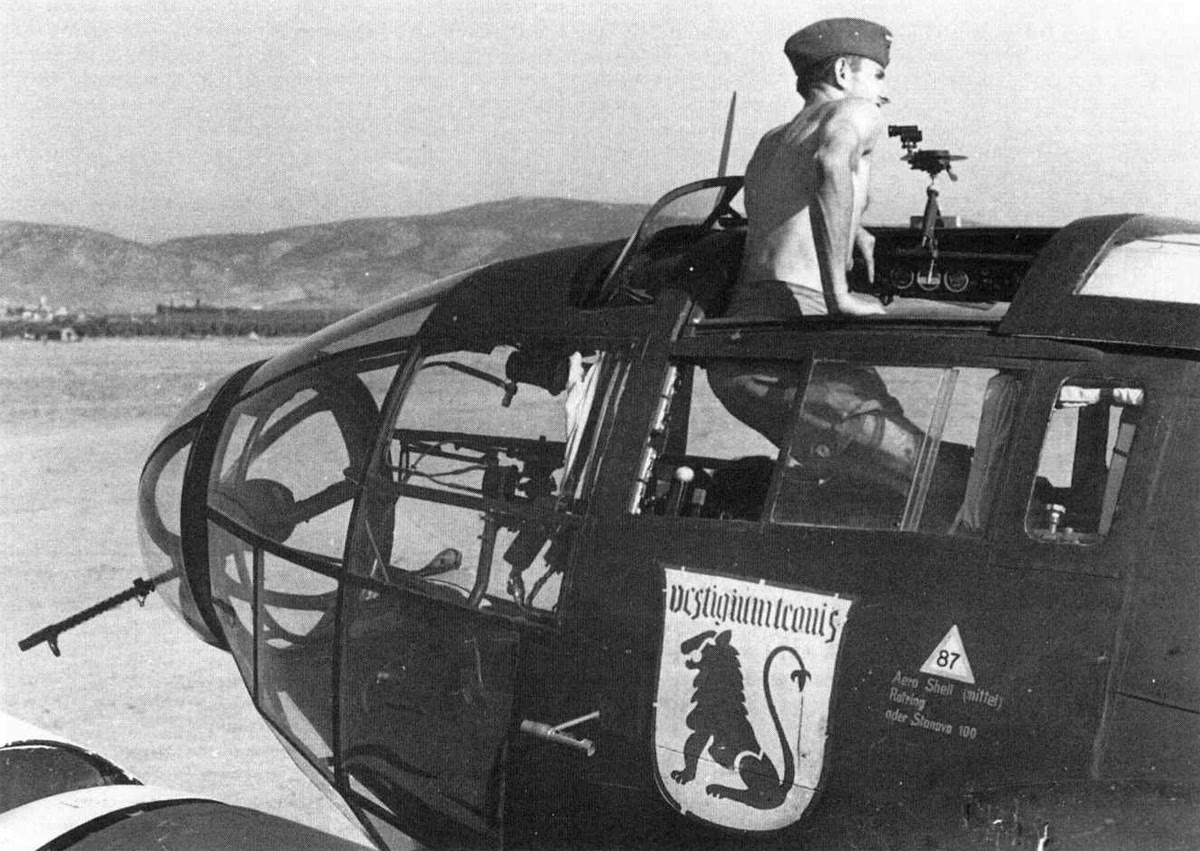
Rotring
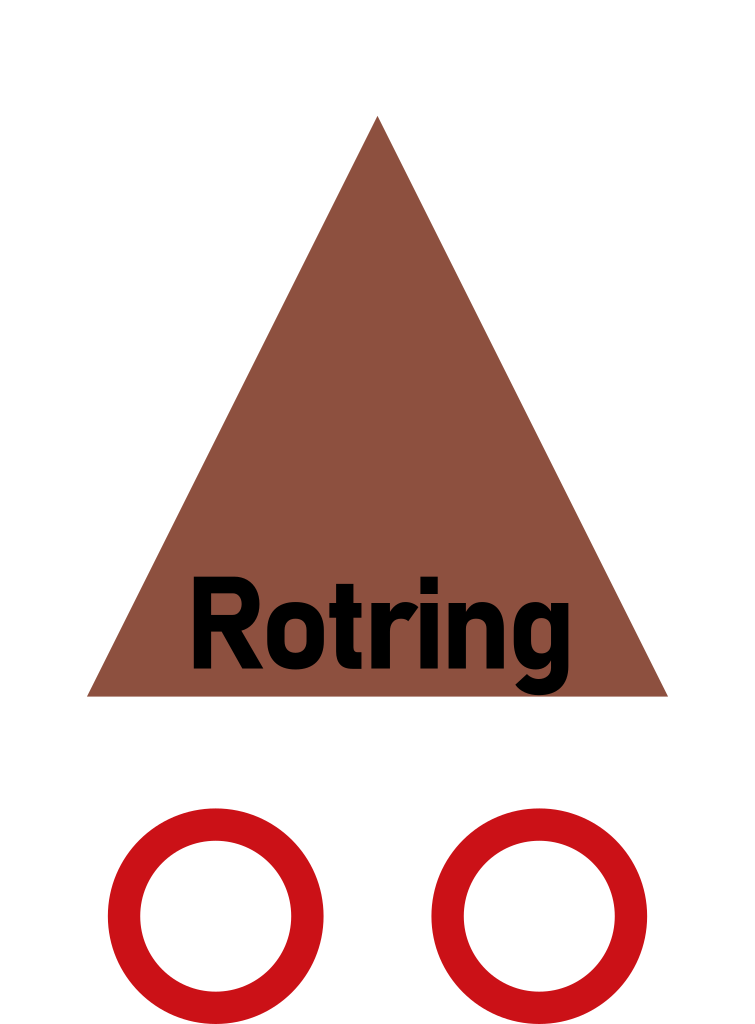
Flug Schmeerstoff Rotring (aero lubricant red ring) was a line of lubricants produced by Intava, a subsidiary of DAPG (Deutsch-Amerikanische Petroleum Gesellschaft). Originally it was purely a mineral oil, but later shifter towards synthetic oils. According to Klein, N. L. (1944), there were the following variants:
- Flug Schmeerstoff Rotring: his is an S.A.E. 60-grade, high-viscosity-index (106 V.l.) lubricating oil resembling a blend of a high-quality mineral oil with an oil of synthetic origin
- Rotring L-45 – An S.A.E. 60-grade, with properties practically identical to Flug Schmeerstoff Rotring.
- Flug Motorenoel Rotring – An S.A.E. 50-grade, high viscosity-index (99 V.l.) lubricating oil consisting of a blend of a good-quality mineral oil and an oil of synthetic origin.
- Rotring – An S.A.E. 50-grade, high-viscosity-index (92 V.l.) straight mineral oil, possibly solvent-processed from Mid-Continent-type crude. Oils of this type may represent materials purchased from this country before the war
Two more have also apperead in nomenclature:
- Intava Rotring S3 (Flugöl S3)
- Mobilöl-Rotring
Interesting of note is that the Rotring stencil not a equilateral triangle, but the width and height are equal (7 by 7 cm). However, images do exist of equilateral triangle lubrication stencils. the two red circles below were omitted at times.
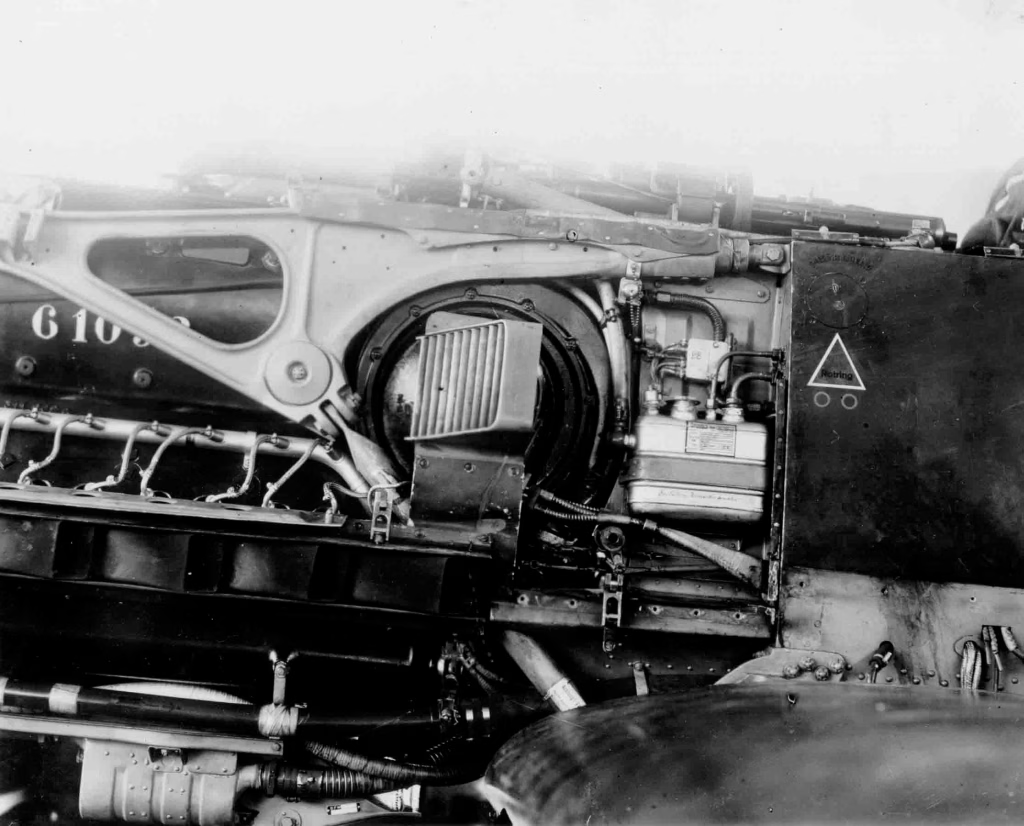

Aeroshell Mittel
 | 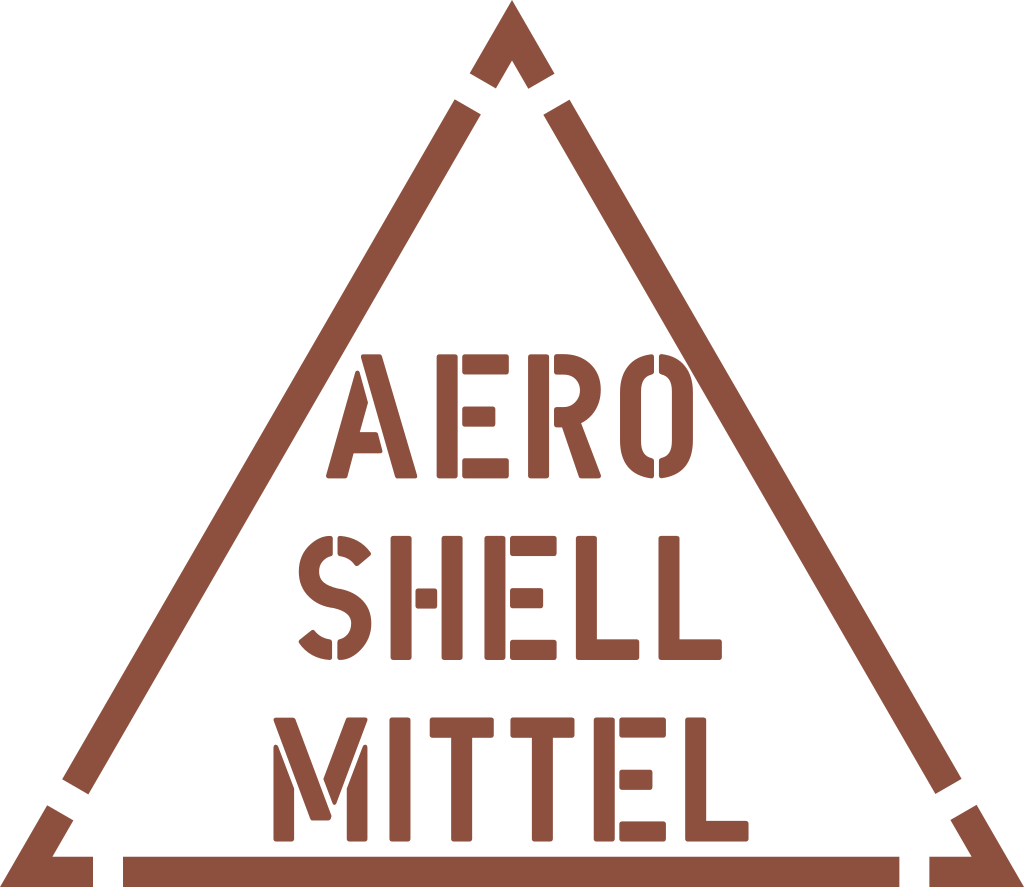 |
Aero Shell mittel, also known as V.2 or just ASM, was an lubricant produced by Rhenania-Ossag Mineralölwerke A.-G.

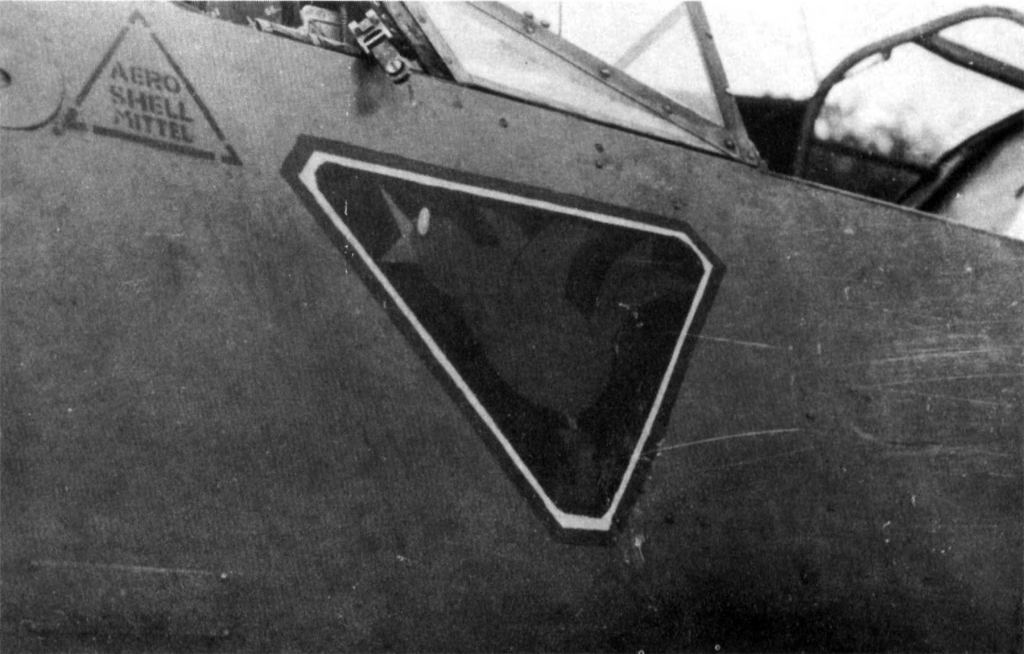
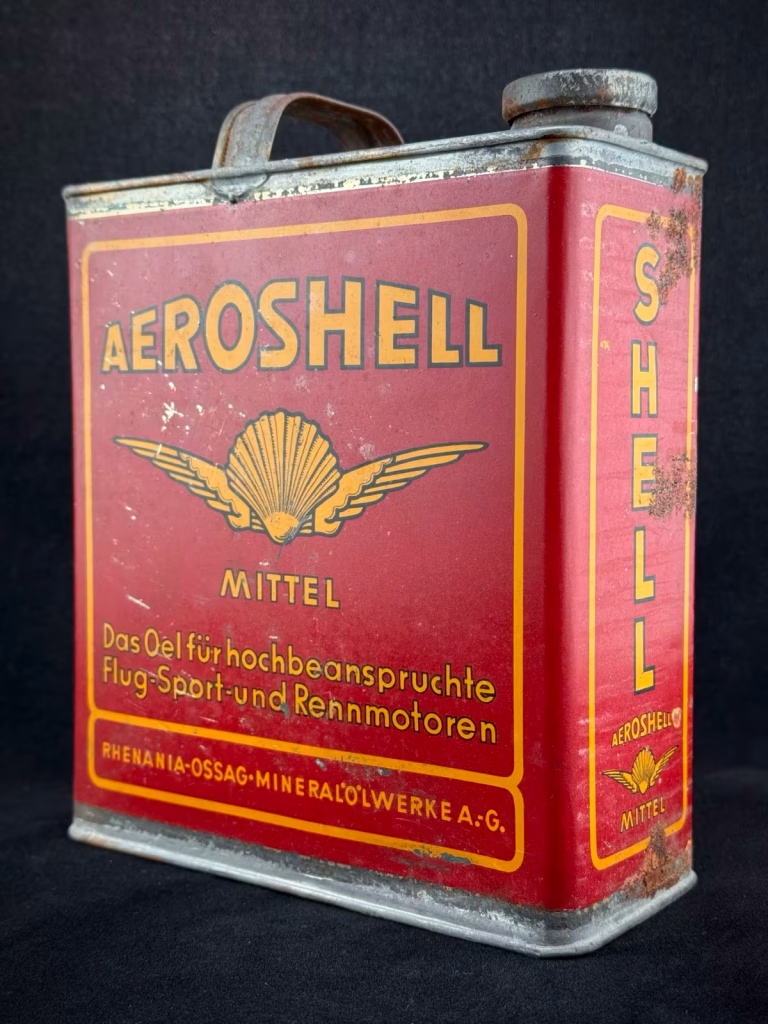
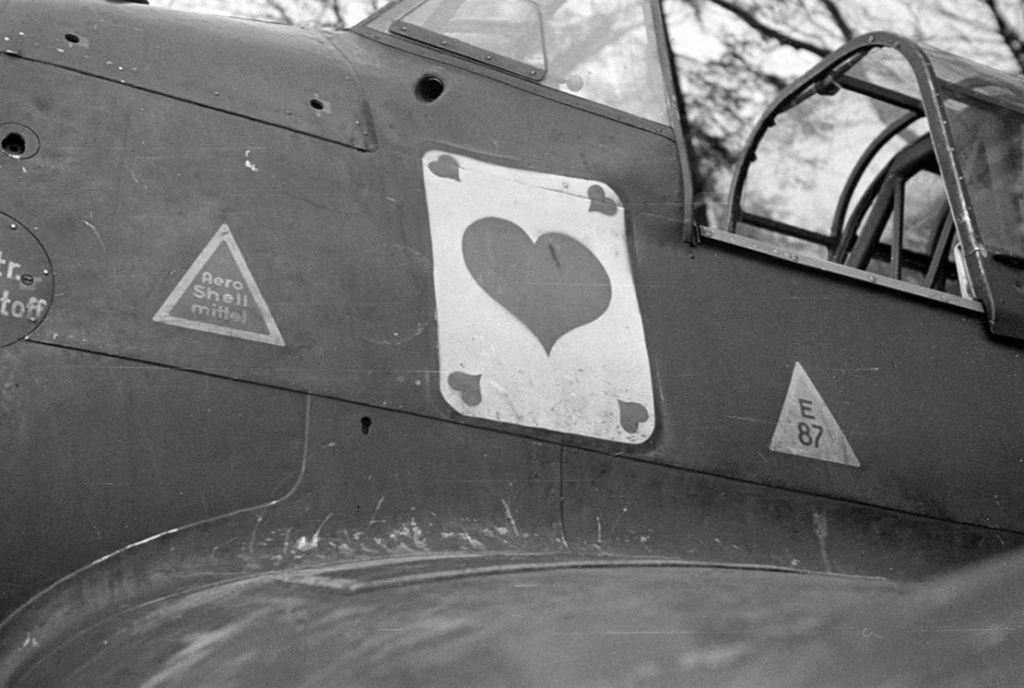
Flugöl S3

Flugöl S3, or Intava Rotring S.3 was a late war lubricant. It was a hydrocarbon oil developed from Rotring, or Intava 100 oils. At that time they where 100% solvent-refined, paraffin or mixed base mineral oils. S.3 was produced at the Deutsche Vacuum Geselschaft DuoSol plant at Oslebshausen Bremen.
Multiple S.3 variants with different properties such as viscosity existed.
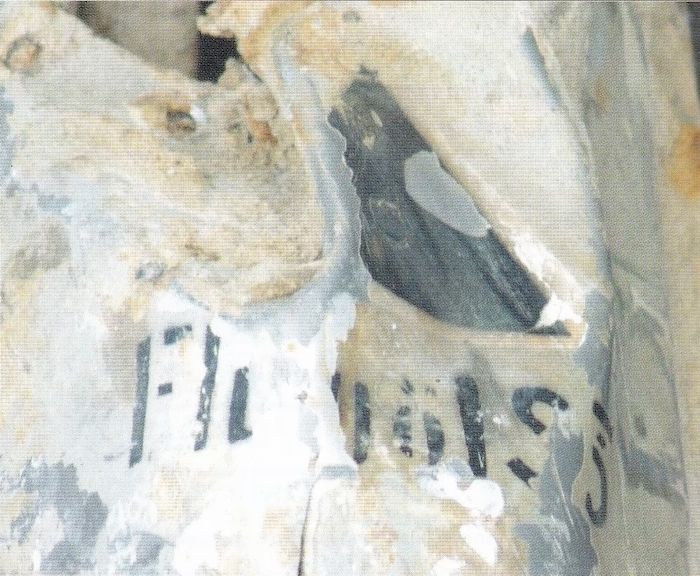
Air systems
On Luftwaffe aircraft, oxygen systems we marked with blue. Officially RLM 24 would be used for oxygen systems. This was a rather dark blue. However, these stencils are often depicted as a lighter blue, outside of the normal, expected hue variations. Wartime scarcity could have resulted in different colour, the colour could have faded heavily over time on surviving relics, or we have a woozle effect and somebody in the ’60 just took the term ‘blue’ at face value and give it their own interpretation (See also this page about RLM 83 for another example of this happening).
| Preẞluft für MG | Sauerstoff für Atemgerät | Preẞluft für Fahrwerk Notbetätigung | Sauerstoff |
|---|---|---|---|
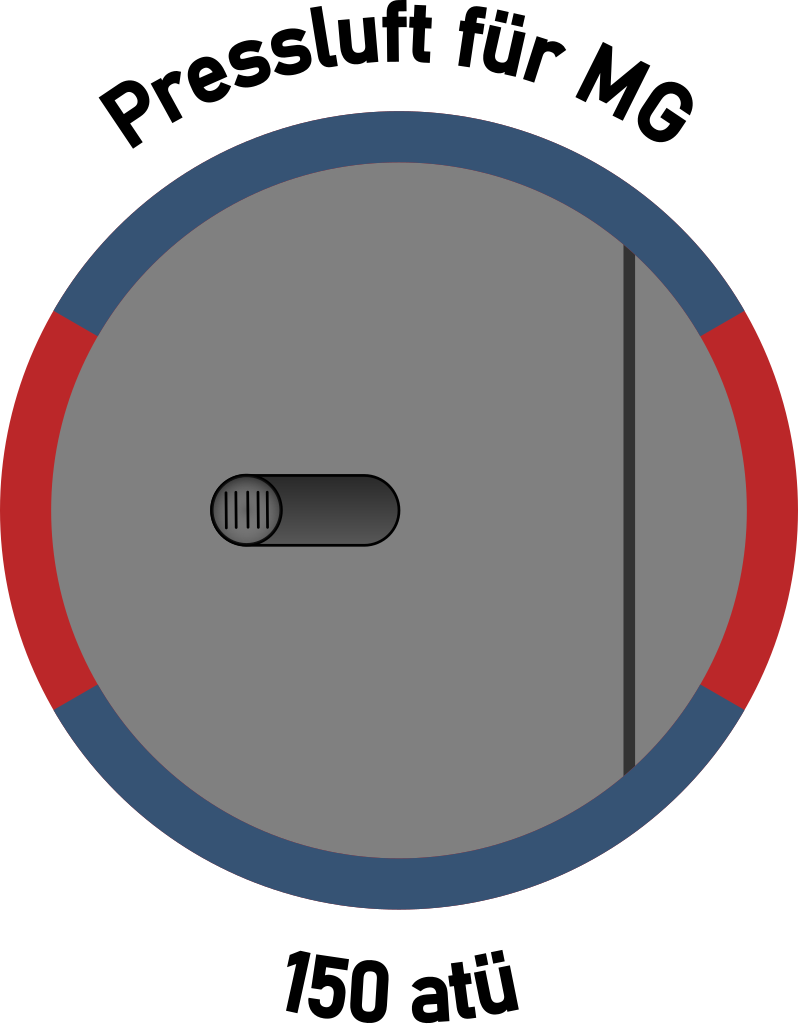 | 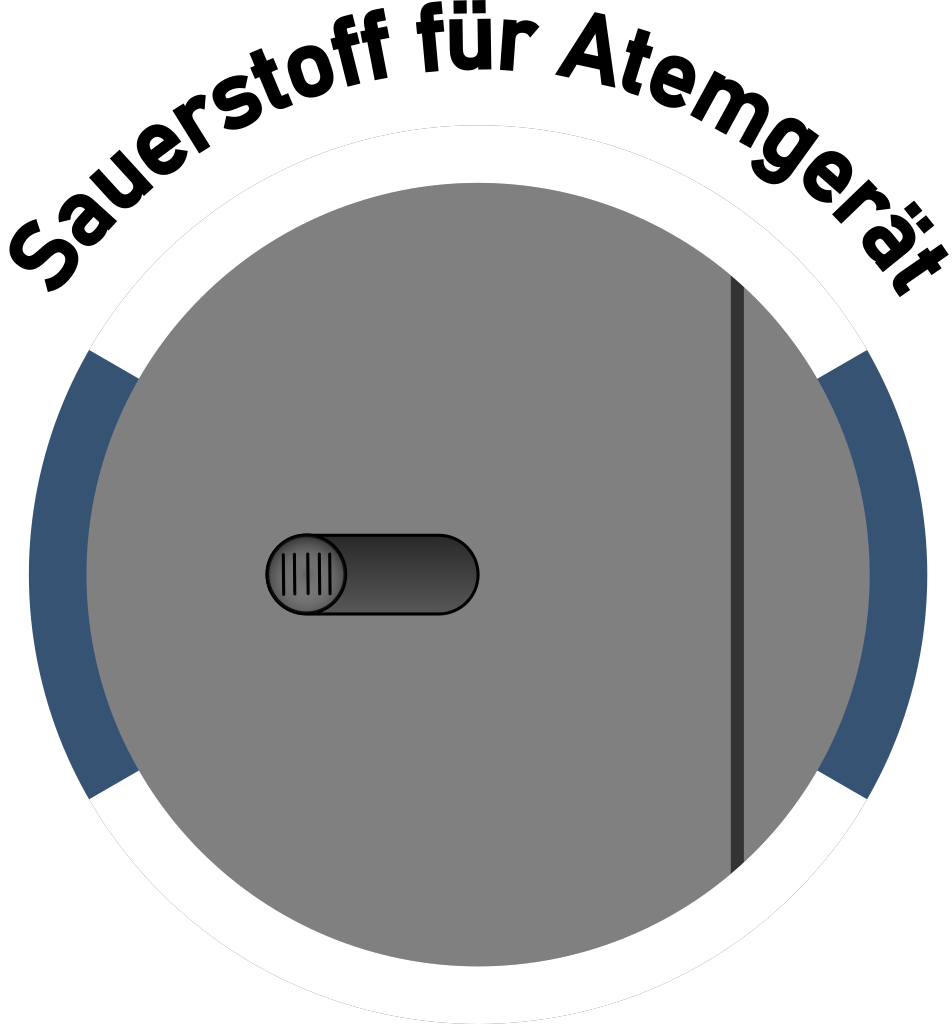 | 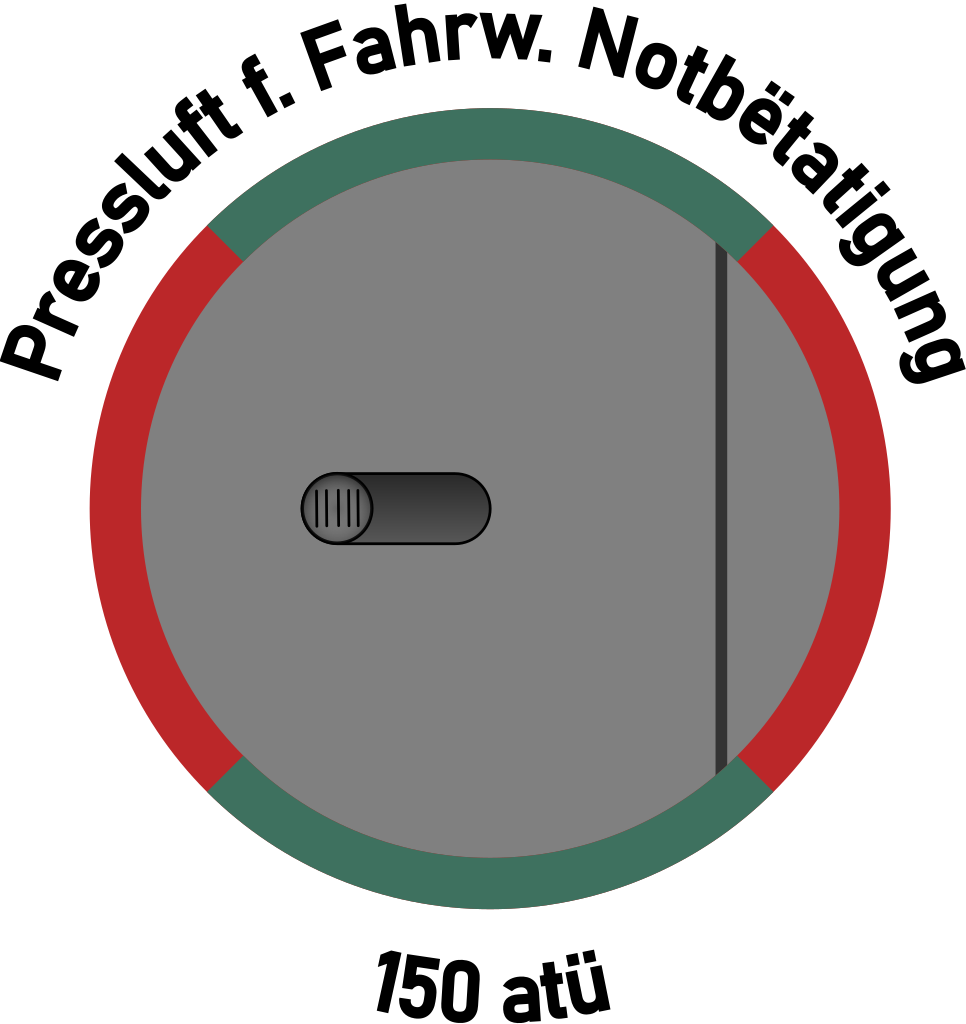 | 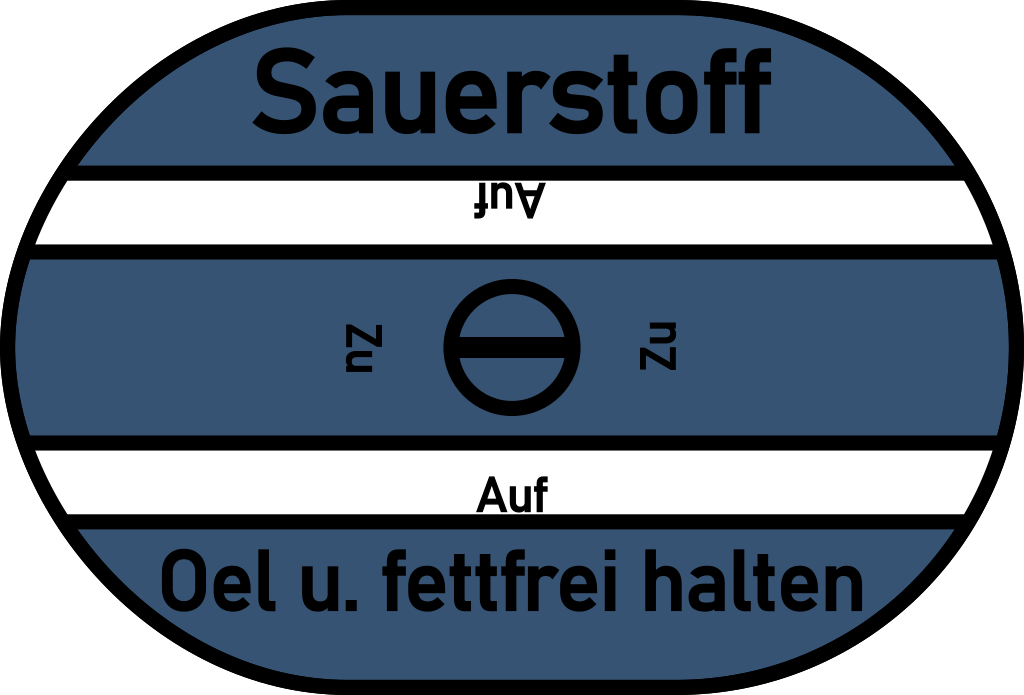 |
| Filling port for pressurized air for machine gun pressure, at 150 atmosphere. The port itself, inside the ring, would be the regular camouflage colour. | Filling port for oxygen for the breathing apparatus. The port itself, inside the ring, would be the regular camouflage colour. | Filling port for pressurized air for Landing gear emergency operations. | Oxygen port |
Electrical systems
Fl.32629-1 Außenbordanschluss
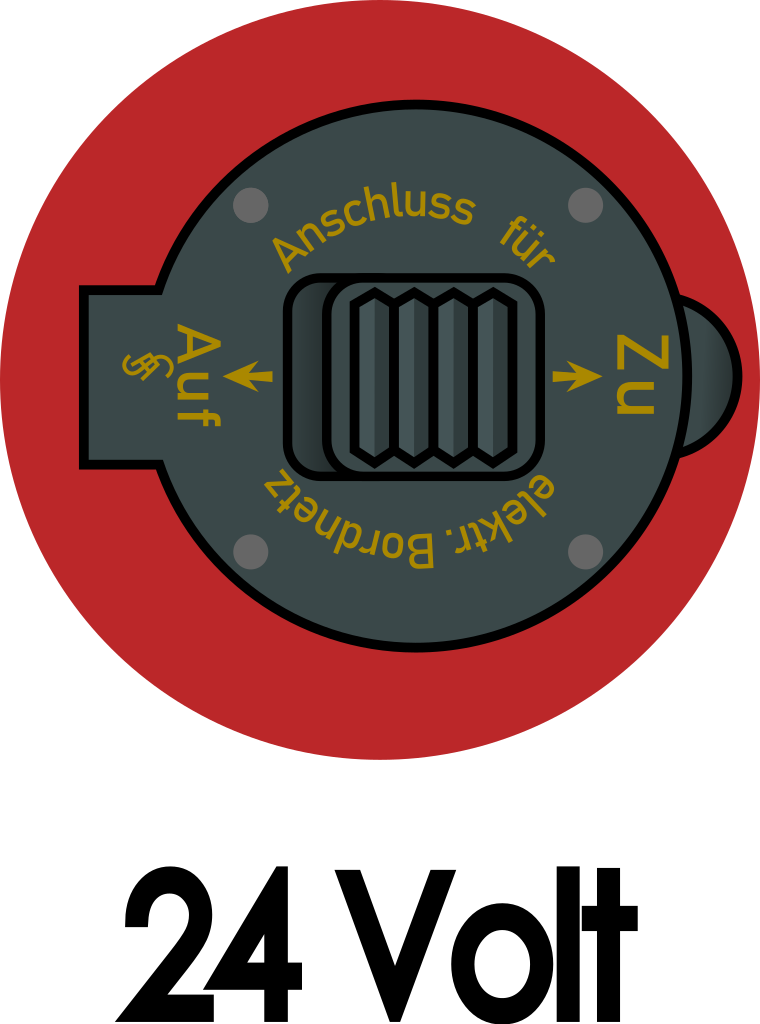
This Fl.32629-1 Aussenbordanschluss (Outboard connection) was a standard 24V plug for connecting an auxiliary power supply to the aircraft. This was painted over with a red dot. In modelling this often depicted a solid red, but surviving artefacts show that the actual hatch was left a dark grey (RLM 66 likely).
The text reads Anschluss für electr. Bordnetz, Meaning “Connection for on-board electrical network”. Zu and Auf translate to close and open respectively.
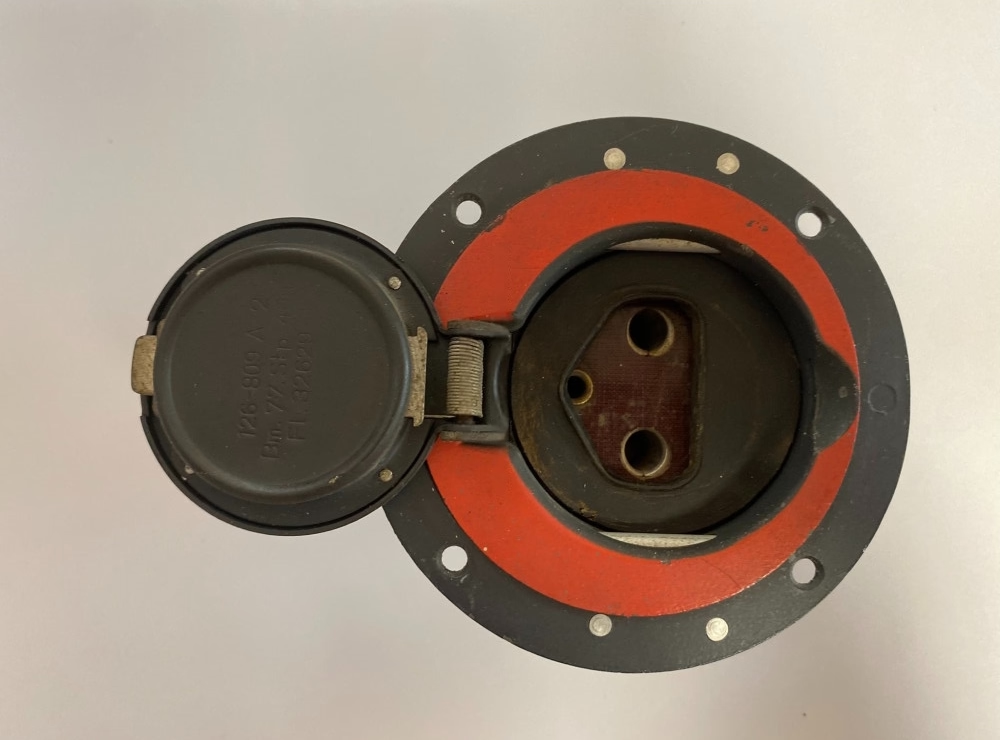
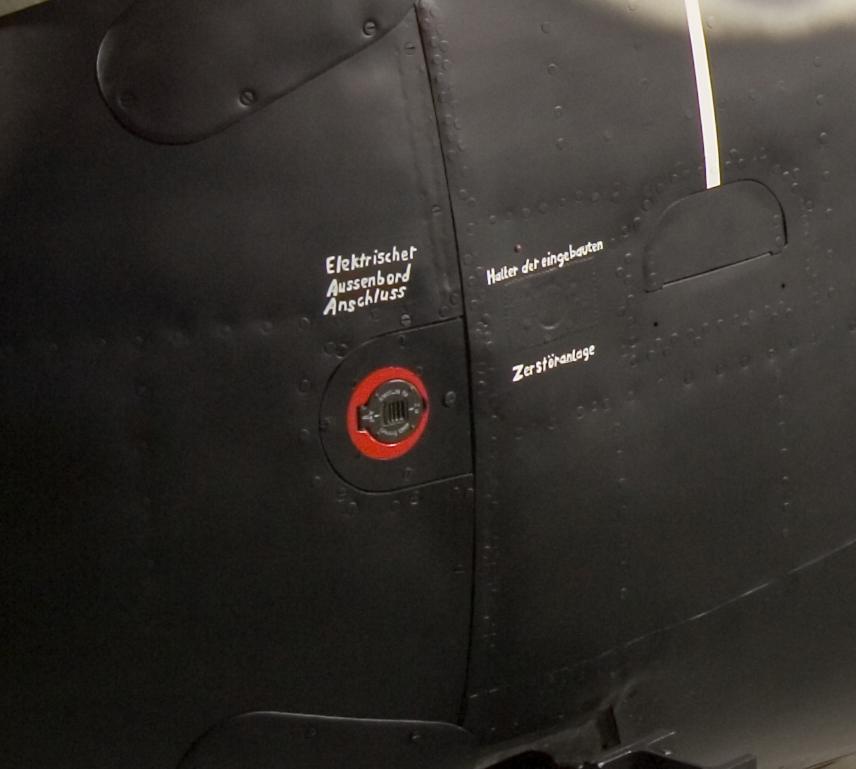
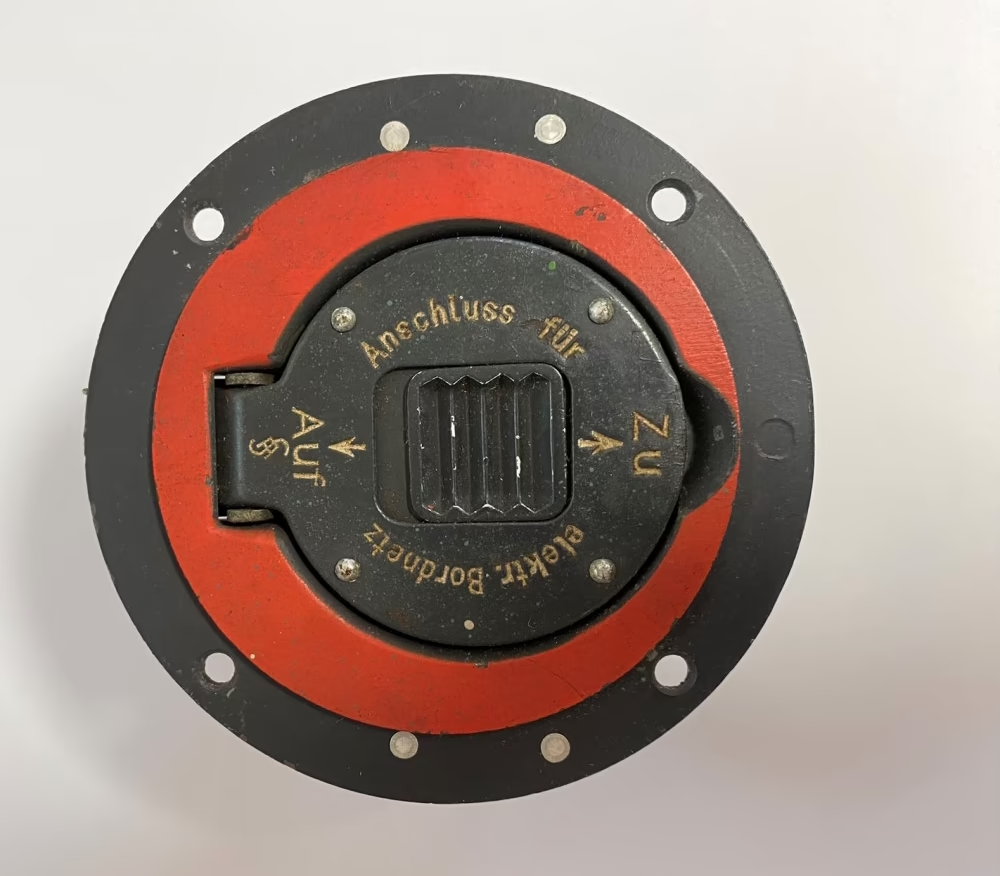
Propellers
VDM
Early on, VDM (Vereinigte Deutsche Metallwerke A.G.) was the leading German propeller manufacturer. Early on, VDM used oval style badges. I’ve identified at least 3 different ones. These labels are, mostly, impossible to read and surviving artifacts are rare. It is likely there are more variations. Starting 1939-1940 triangular labels started appearing, with or without a label below. The markings are moslty seen on new aircraft, indicating that they quickly eroded away.
From 1942 onward, propeller stencils became increasingly rare.
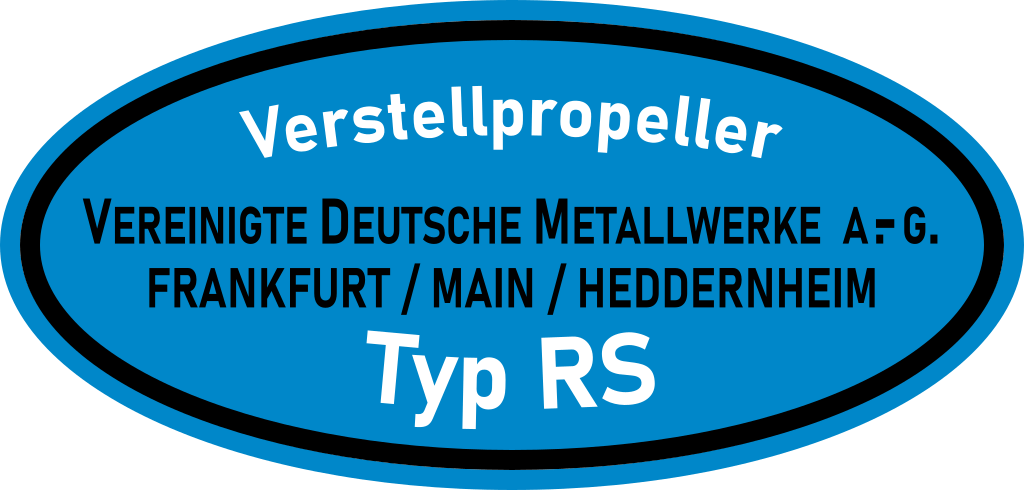
Early variable pitch propeller by VDM, produced by the plant in Frankfurt Am Main. The exact text is barely readable.
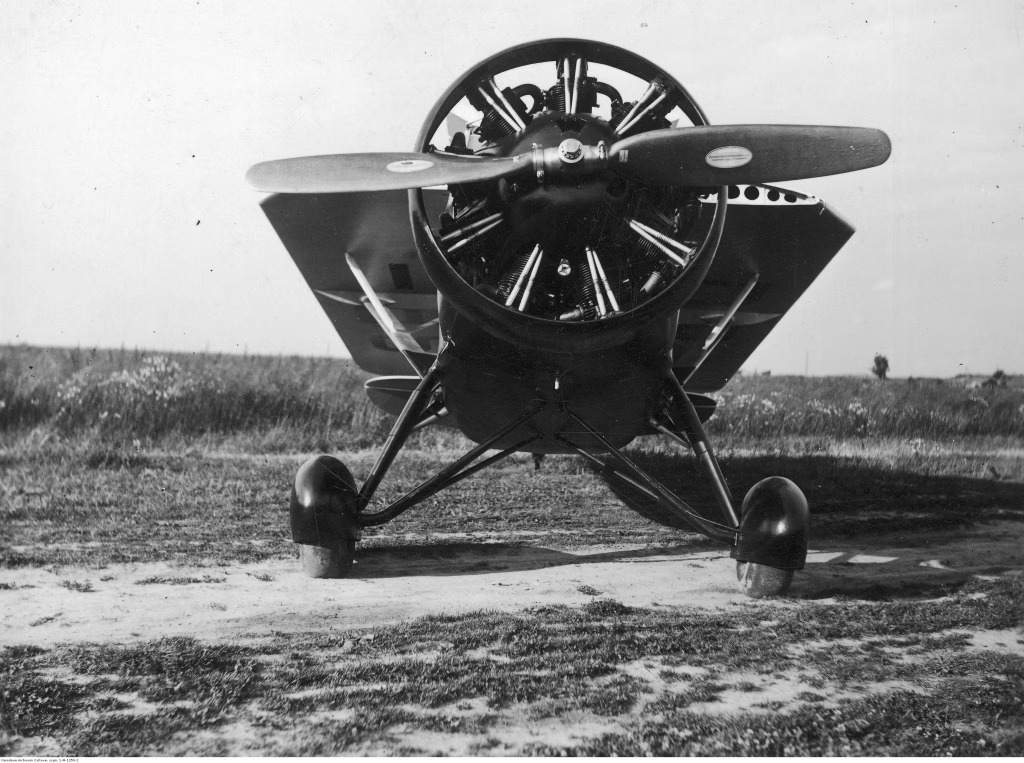

Variable pitch propeller produced at the VDM plant at Hamburg Altona, the
Likely started appearing around 1935, mostly on Messerschmitt Bf-109’s
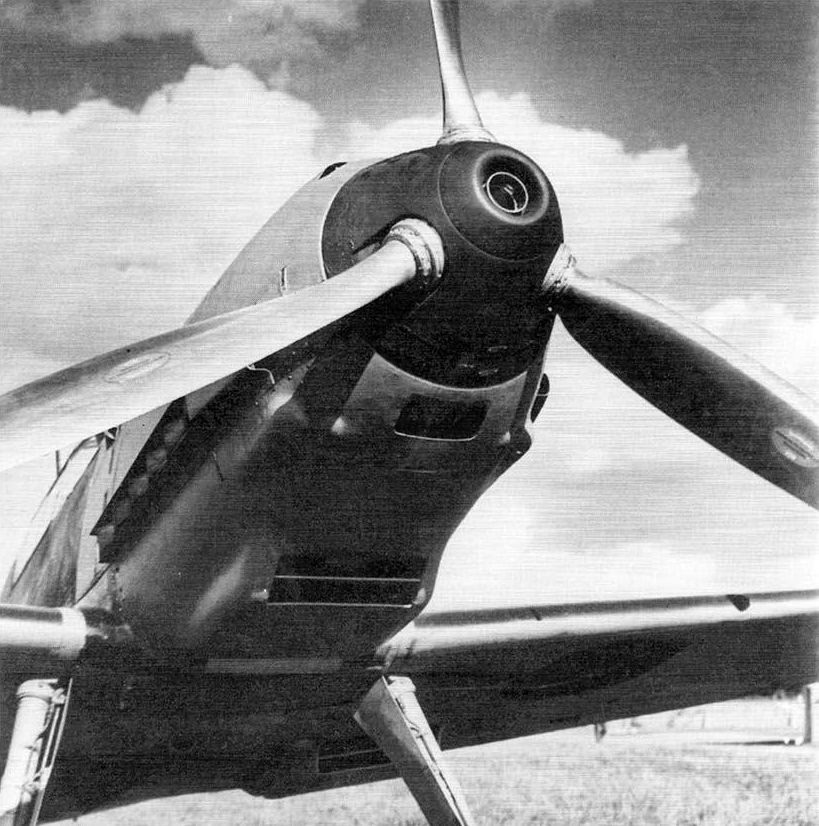
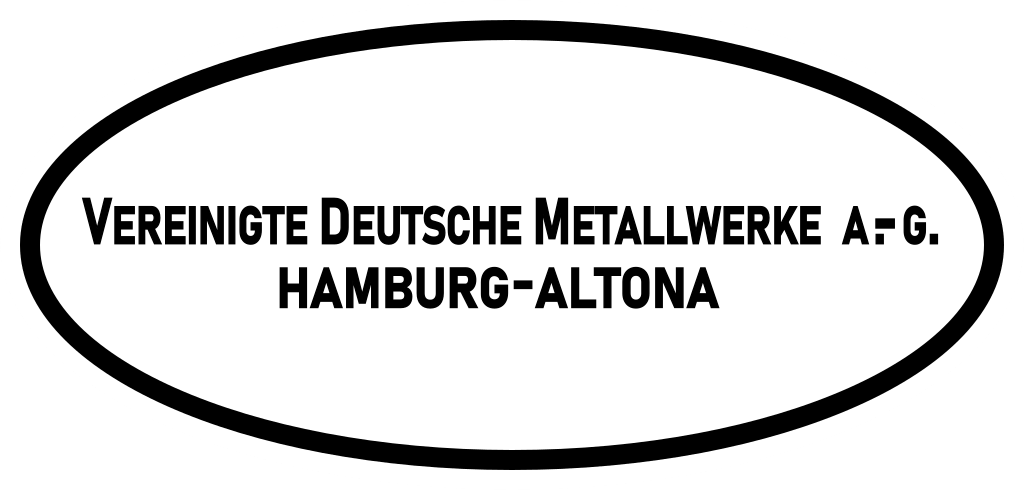
Different variation of the stencil. Note the different colour, and lack of “Verstellpropeller” text, indicating this might be a constant-pitch propeller
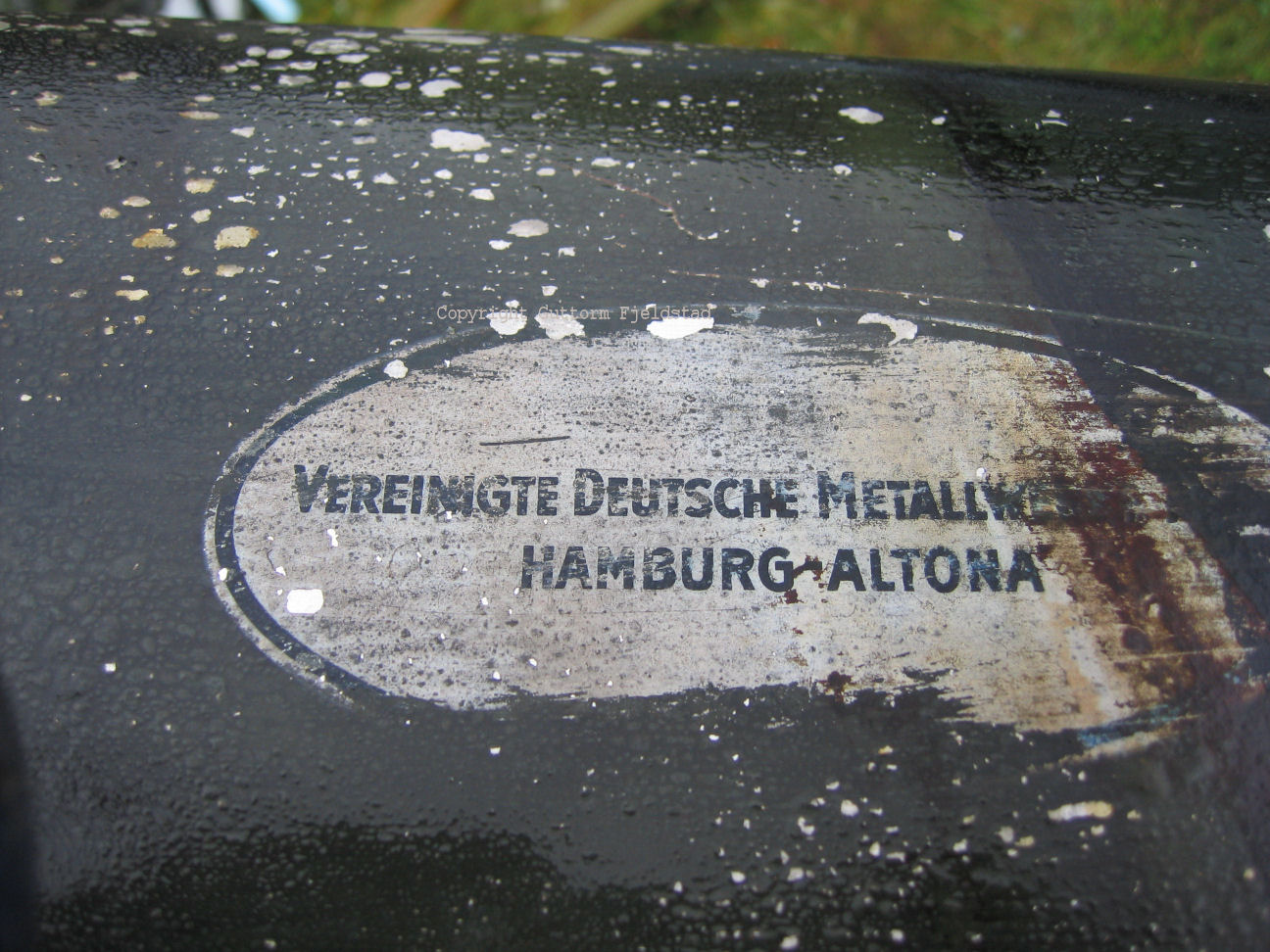
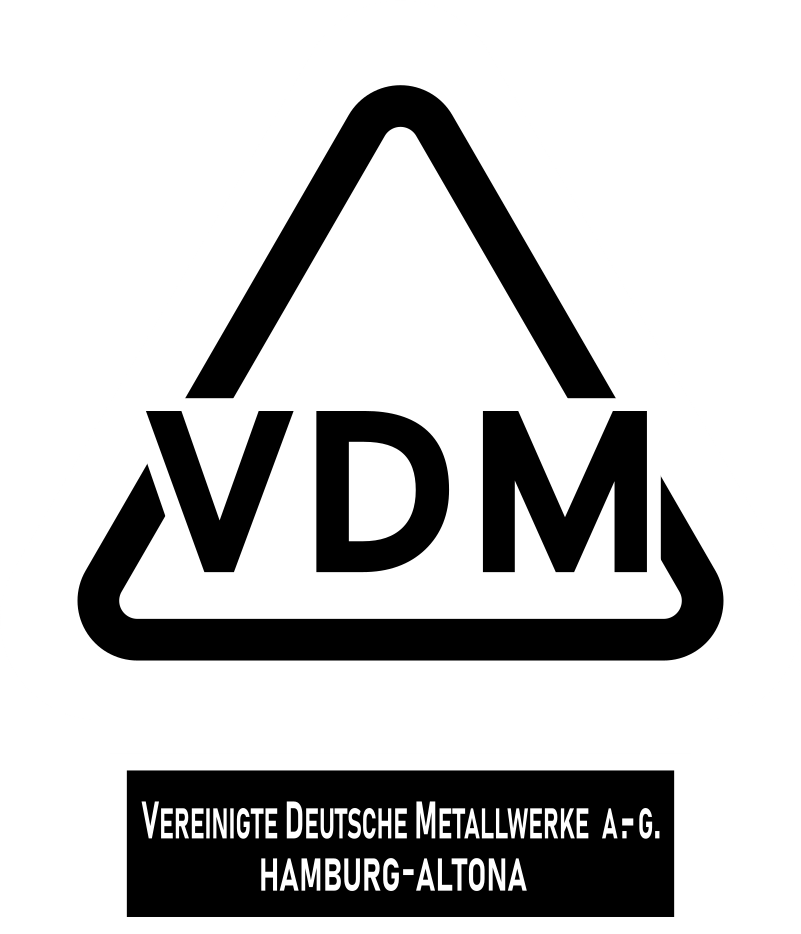
Most VDM stencils had a small, black label attached. The text is speculative. It may be a data panel as well. The label was not always present
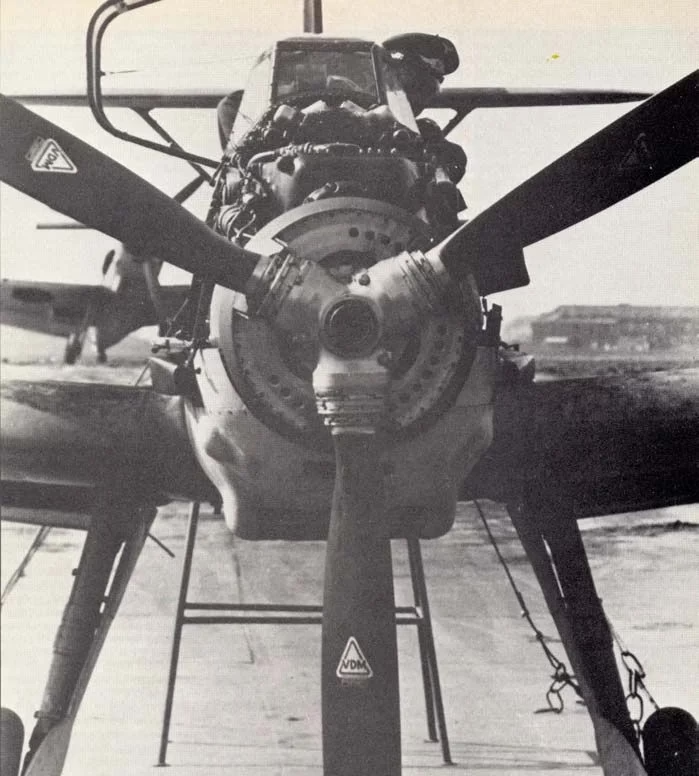

Later on around 1940-41, the company logo was omitted at times. Propellers here bore only the label on Luftwaffe and Swiss Bf-109E aircraft.

Junkers

During the war, Junkers produced it’s on propellers. They were more limited than those of VDM. They were generally seen as rugged, but heavy and therefore mostly used on bomber aircraft. They were among others used on Junkers Ju-52, Ju-86, Ju-87, Ju-88, Ju-188 aircraft. Outside Junkers machines, these were also encountered Hs-126 and Do-217 aircraft. After the war they were also used on the Avia S.199, but with limited success. The logotype was only used before, and during the early stages of the war. The actual text appears to be much more verbose than just “Junkers”, but to date I have found no images where the text is readable.
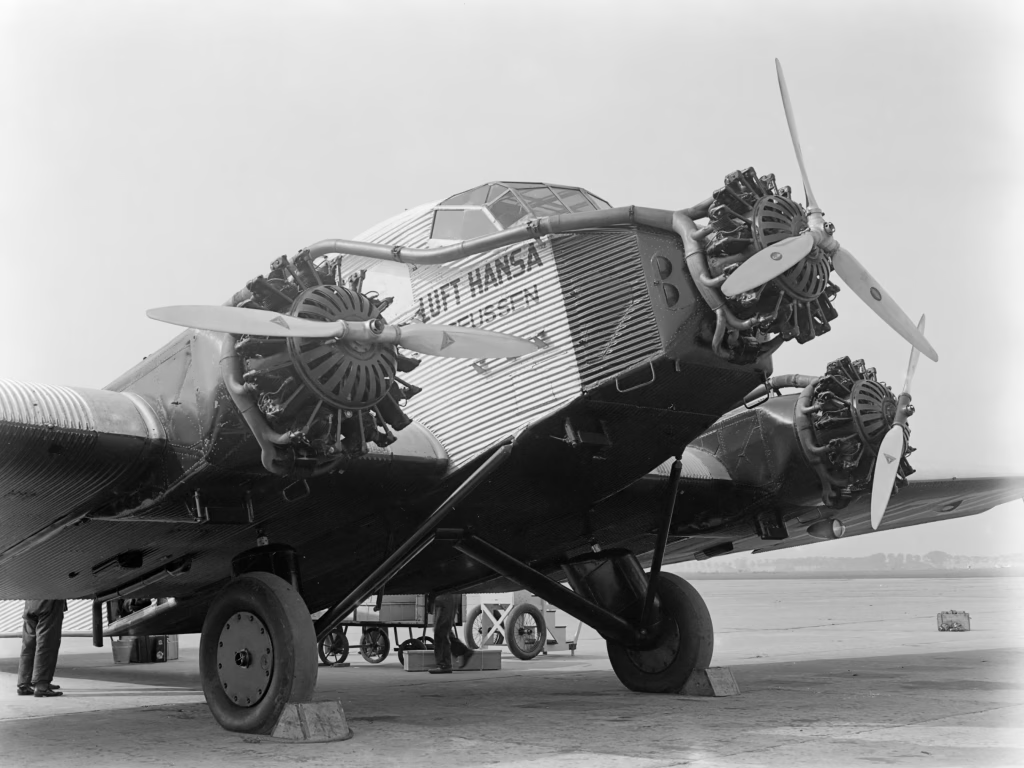
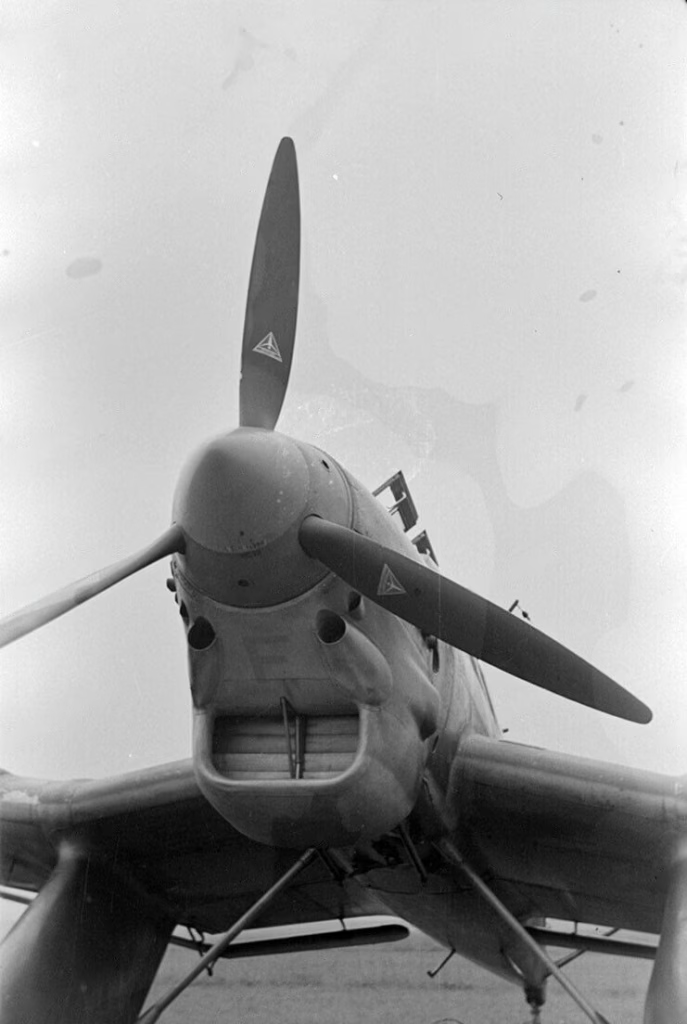
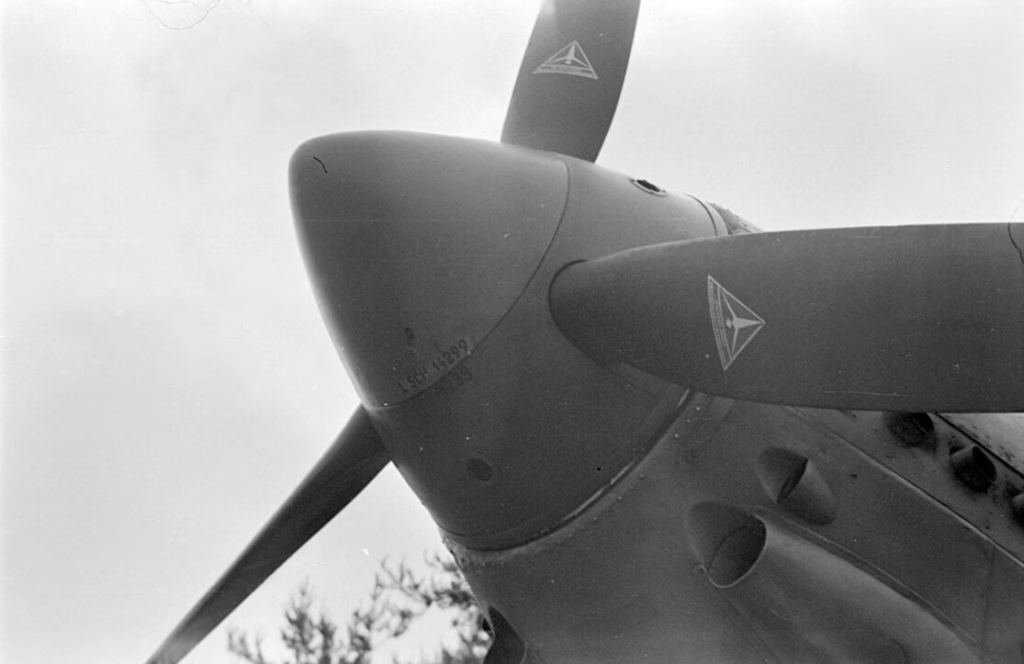
Bf 109 Factory stencil guide
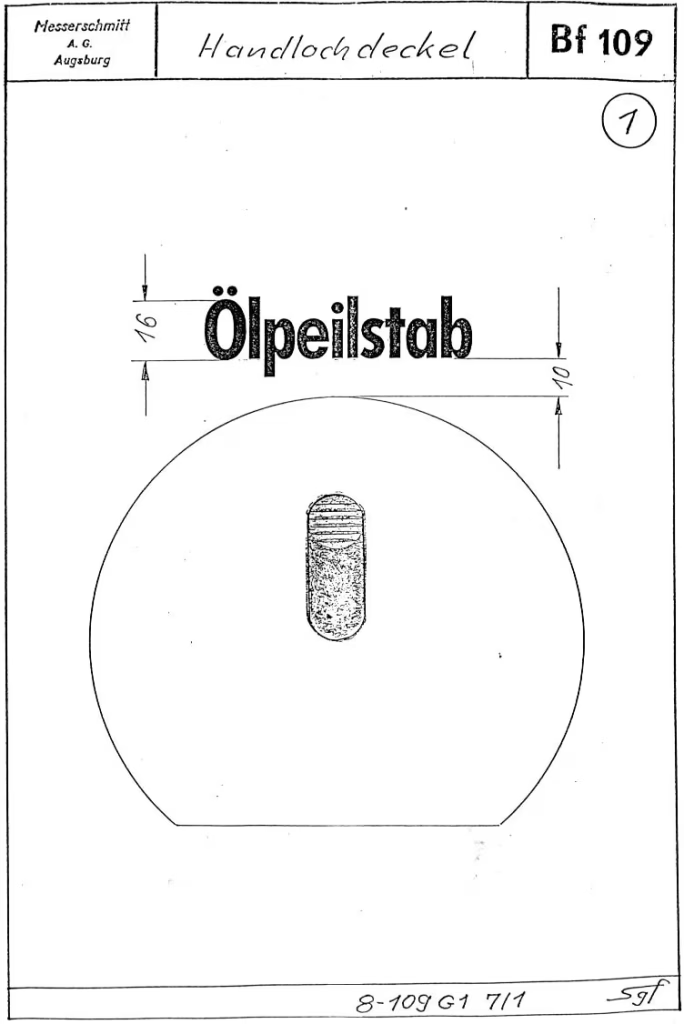

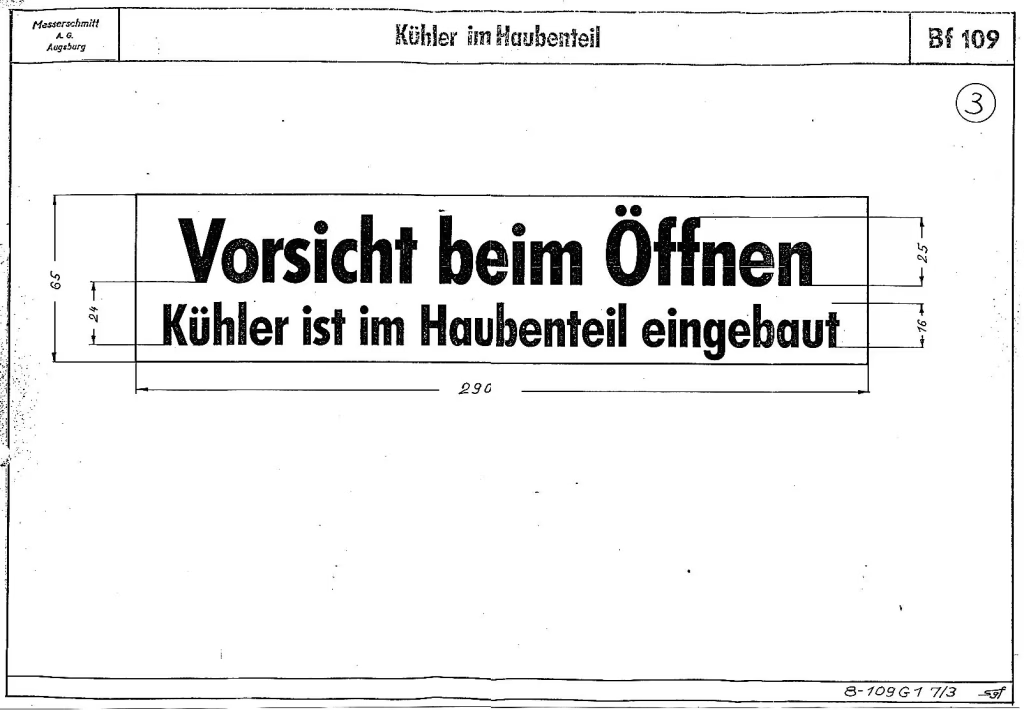
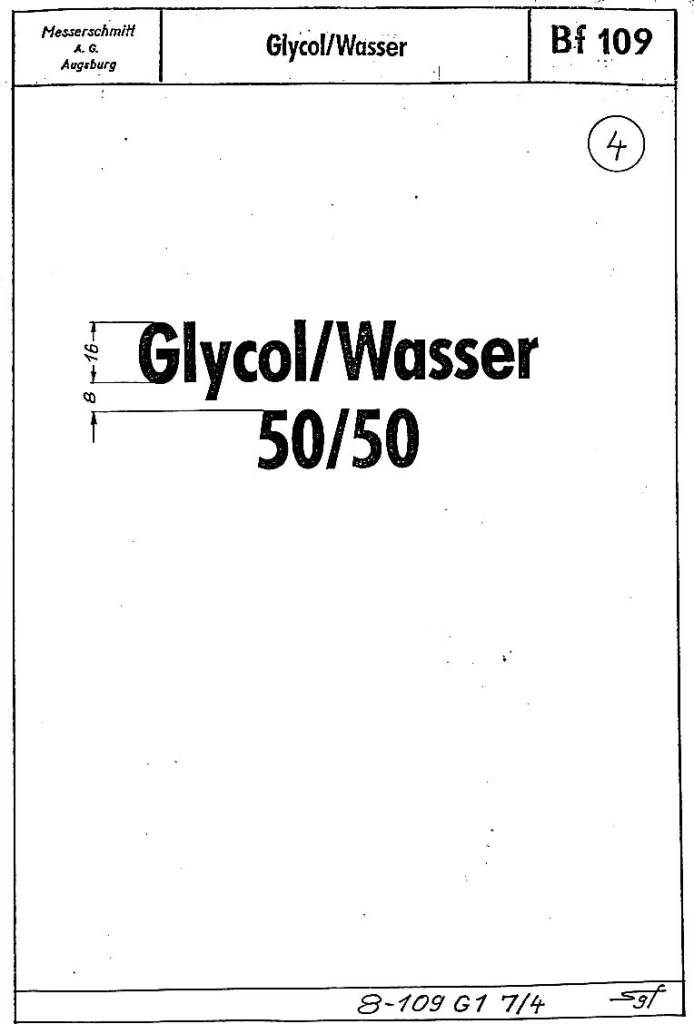
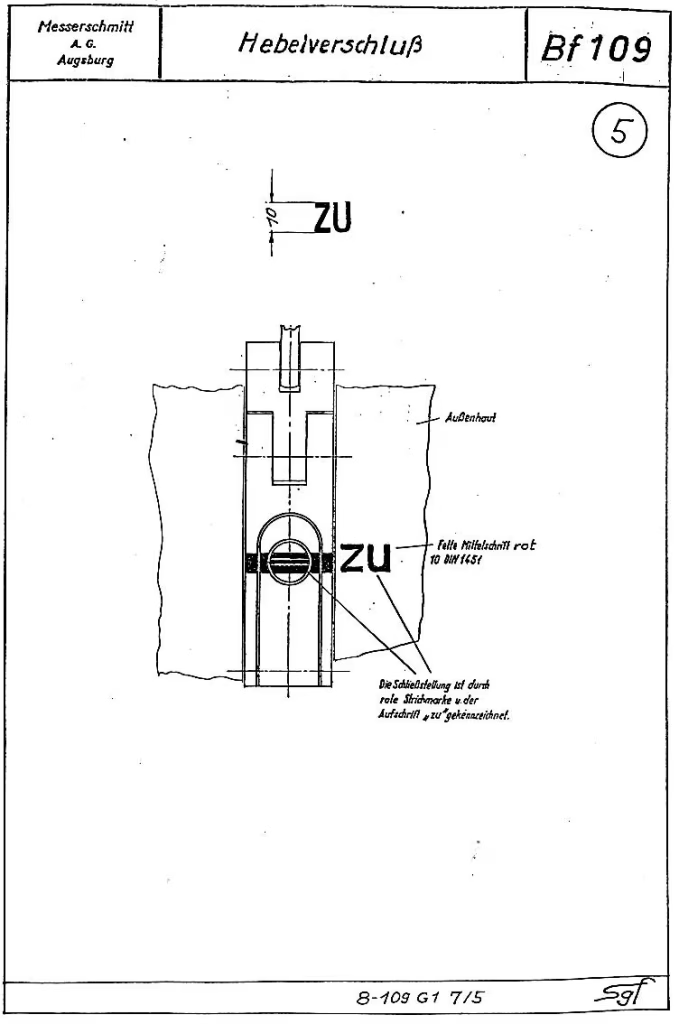
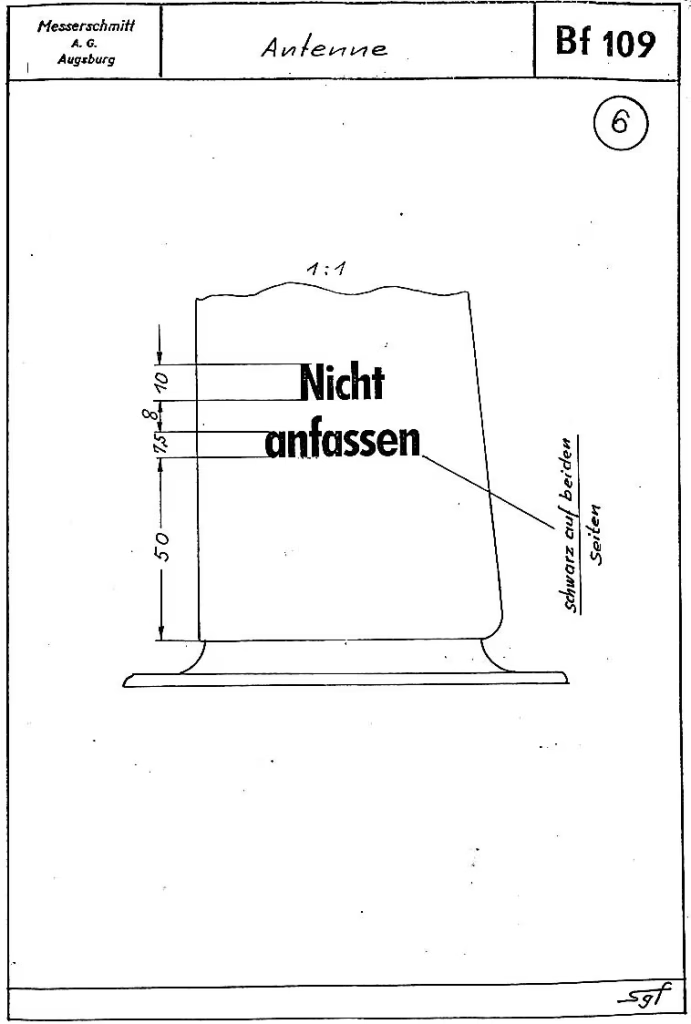

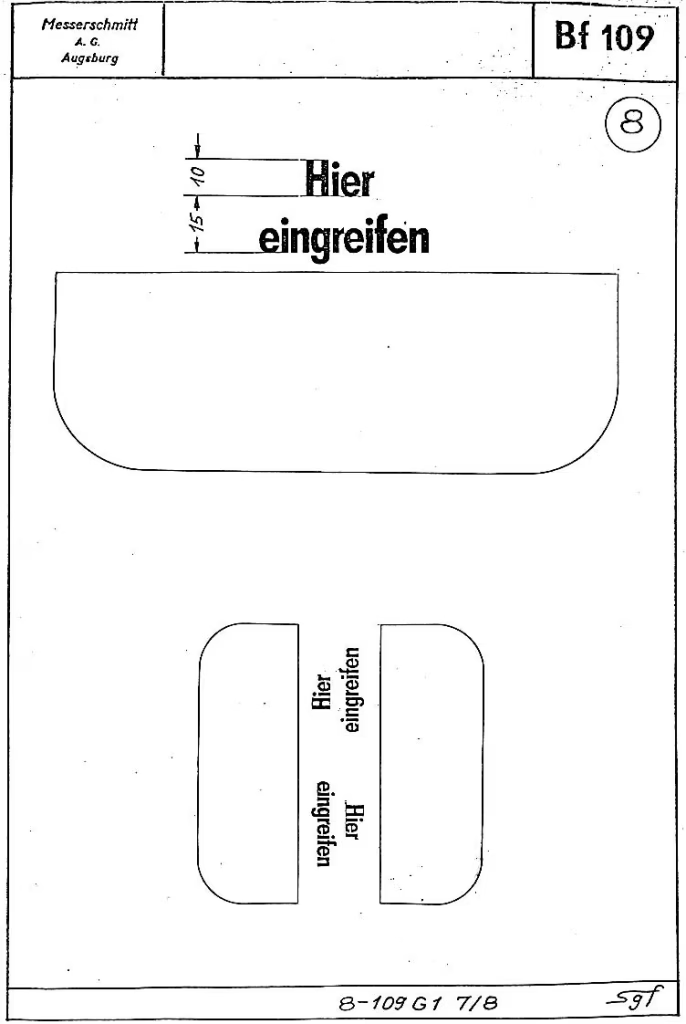

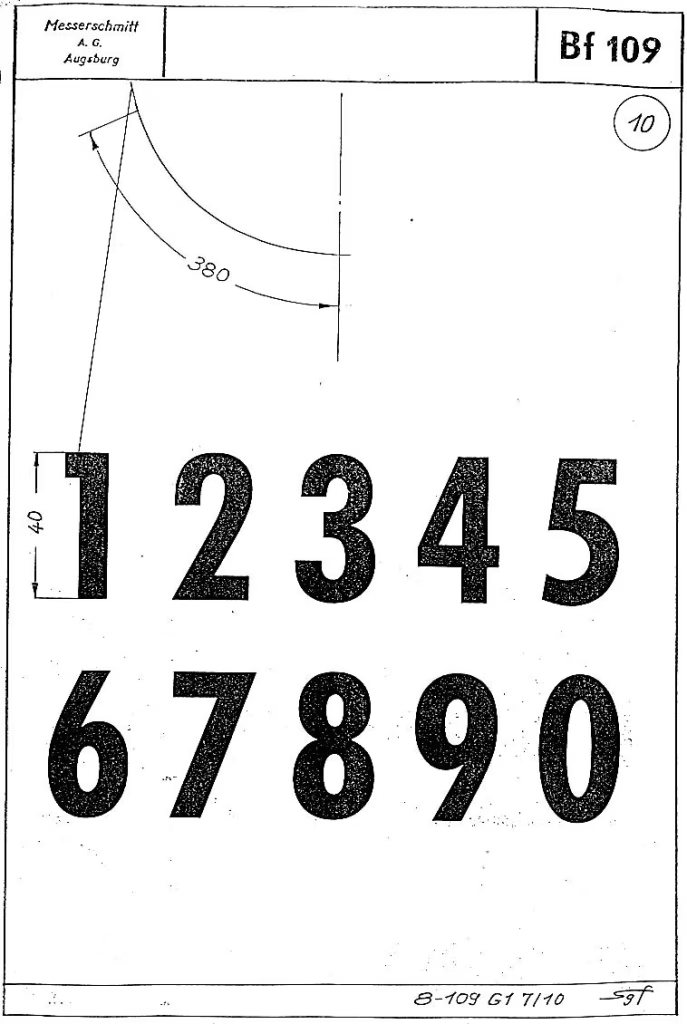
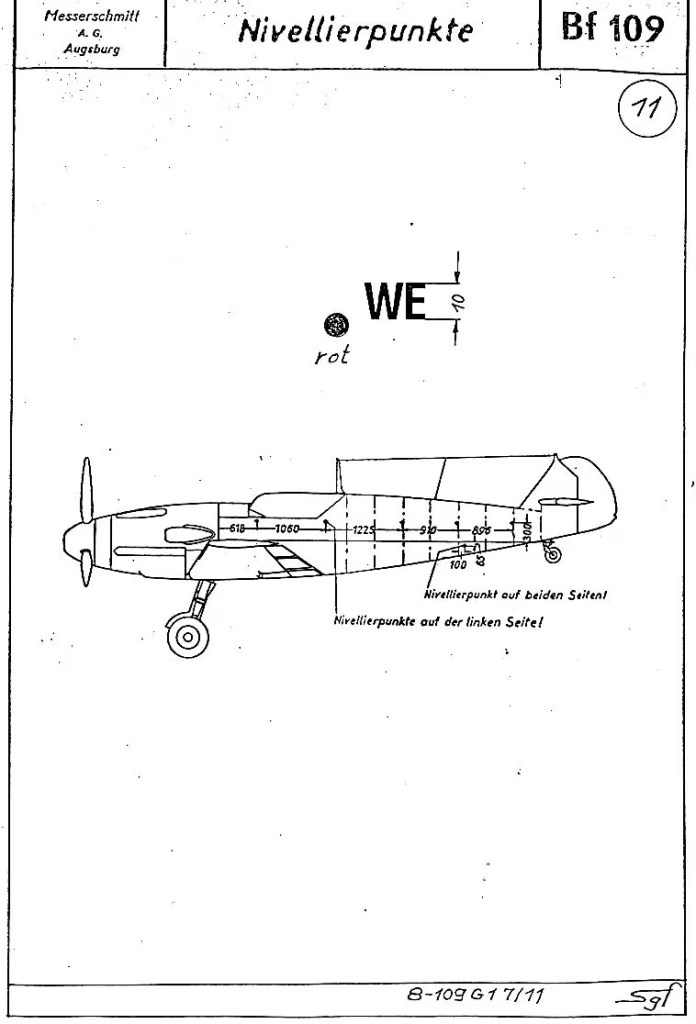
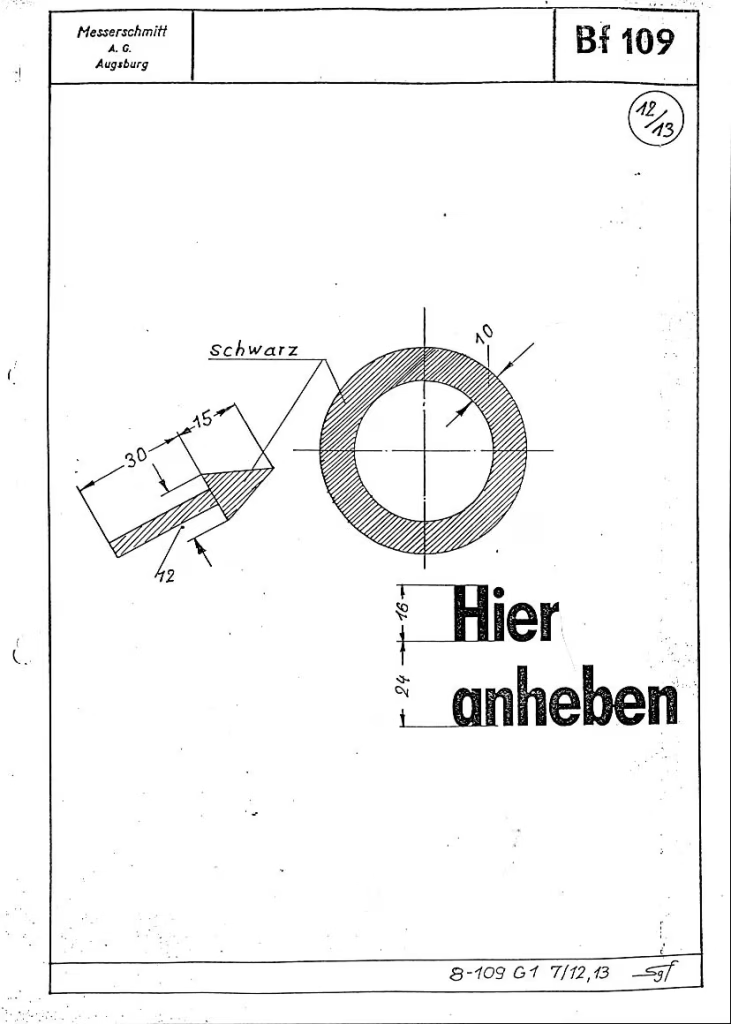
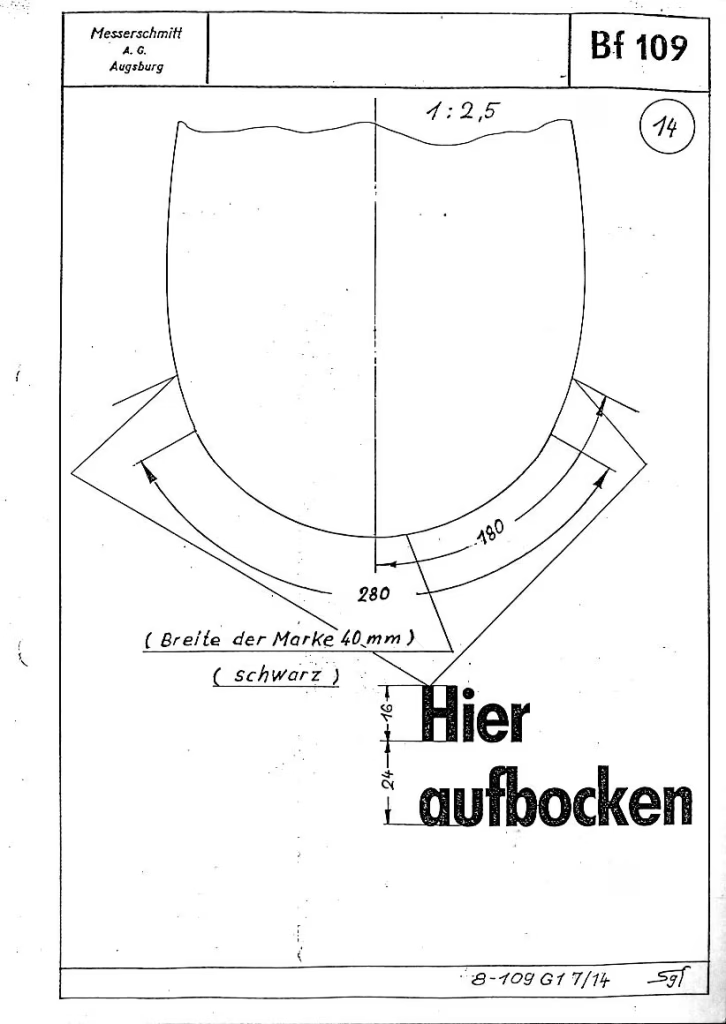
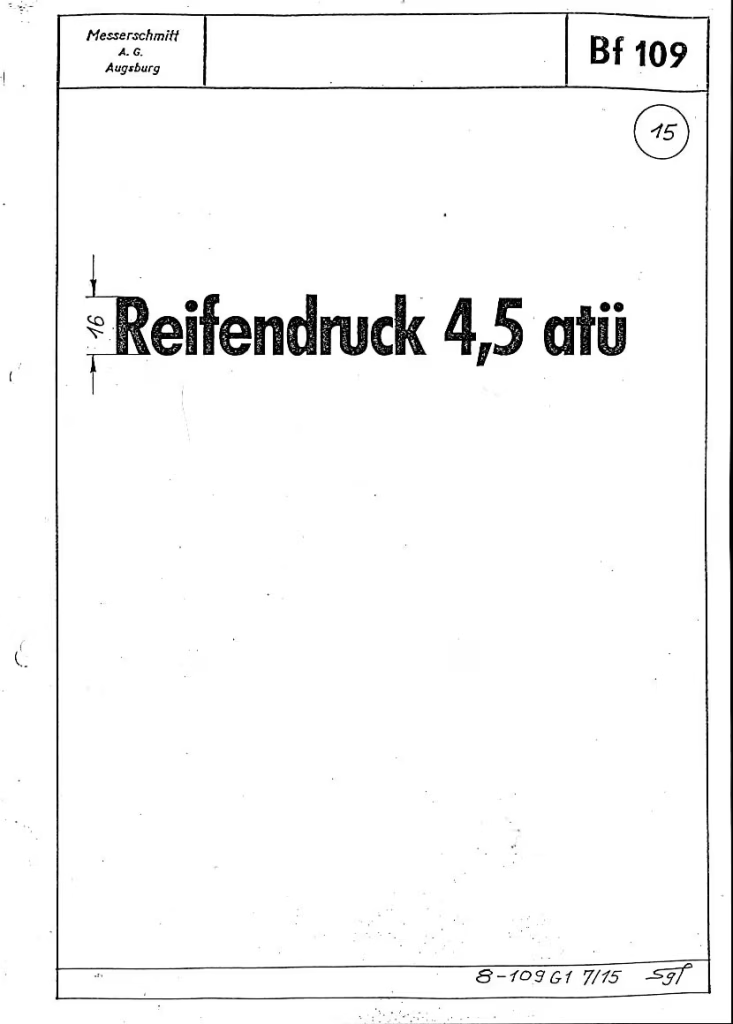
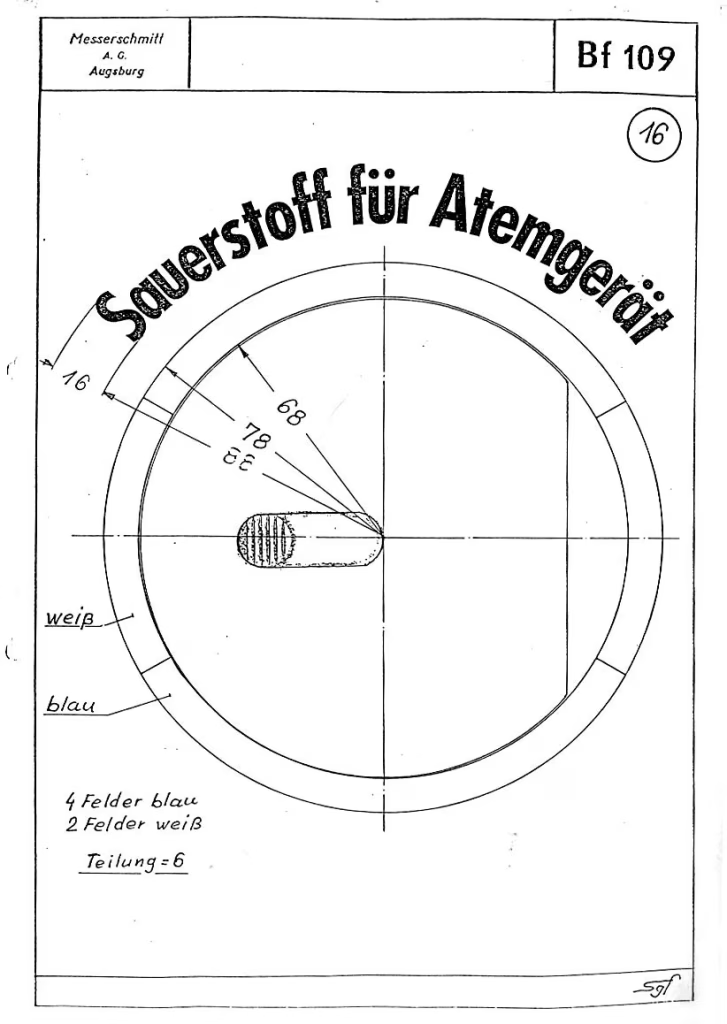


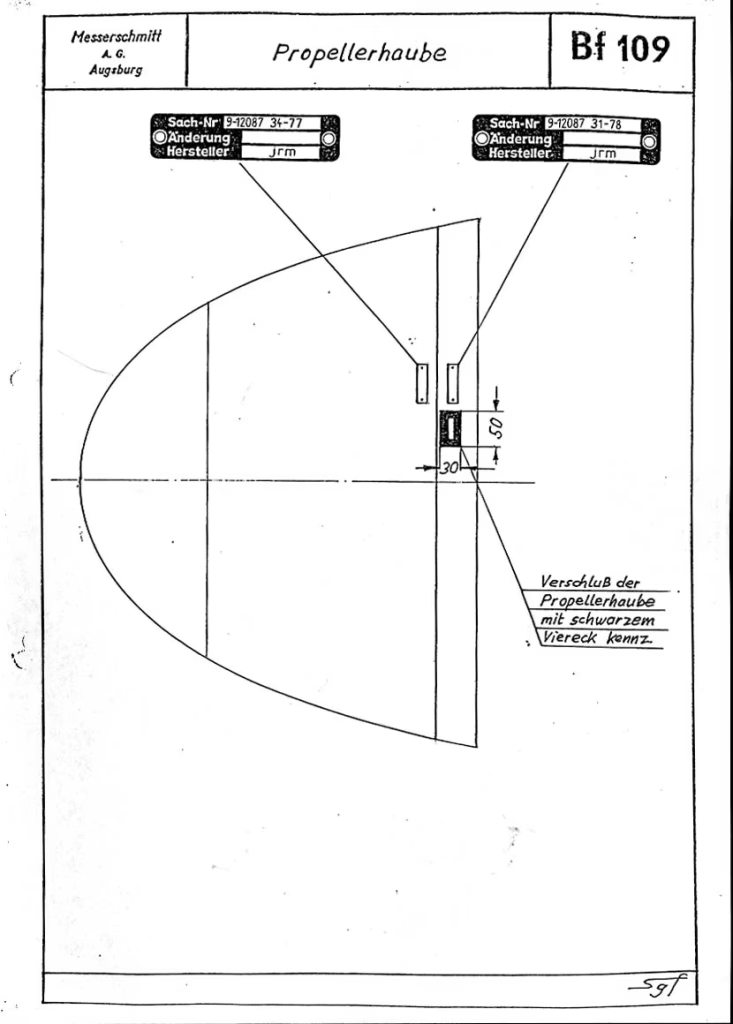


Sources and further reading
- https://ww2aircraft.net/forum/threads/early-bf109-prop-markings.33815/
- https://pwm.org.pl/viewtopic.php?f=3&t=88036
- Klein, N. L. (1944). Enemy Oil: The Collection and Analysis of Captured Petroleum Supplies. Army Ordnance, 27(145), 88–90.
- Barton C.H., Haensel V., Morten D. (1944) German Petroleum Industry Hamburg District